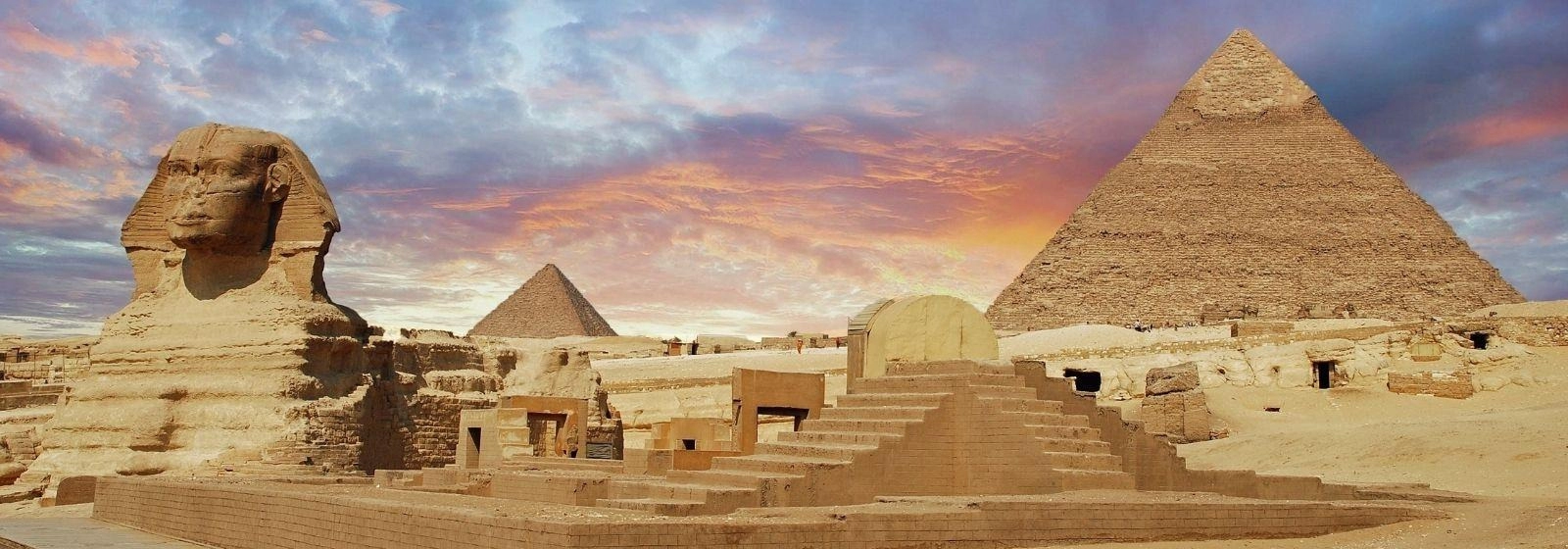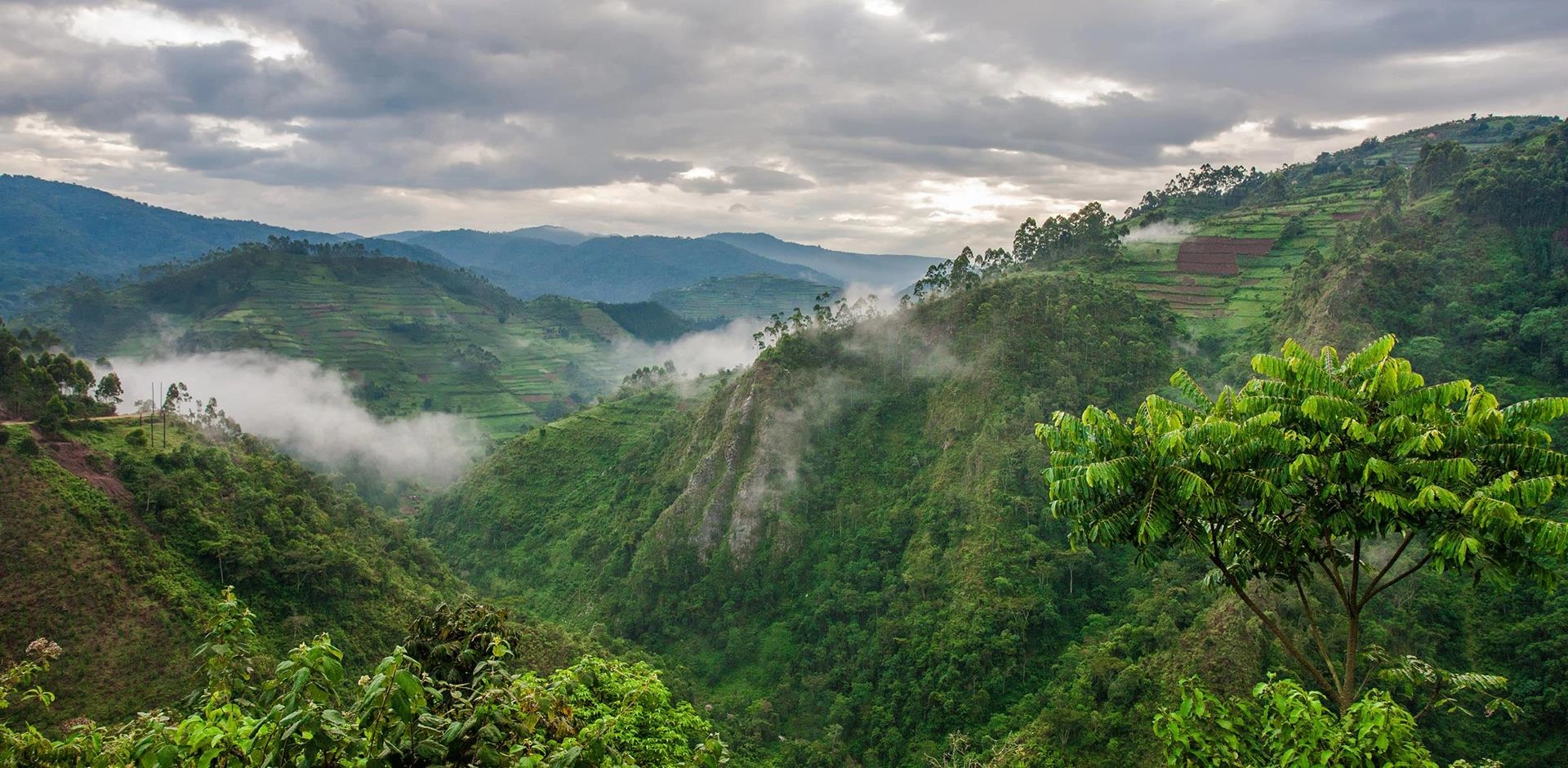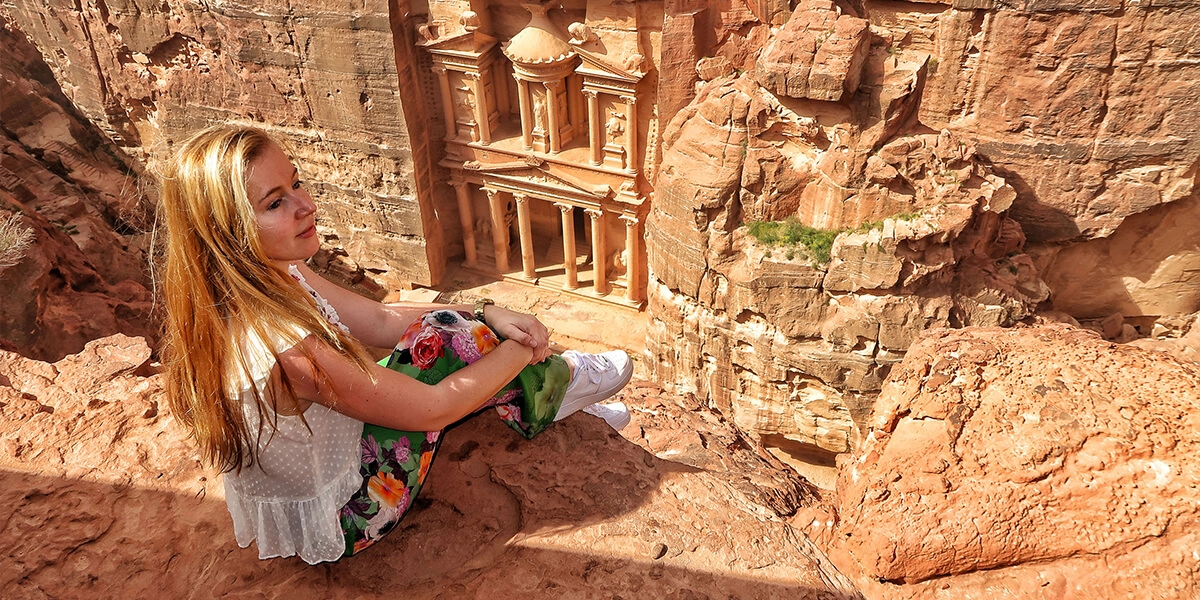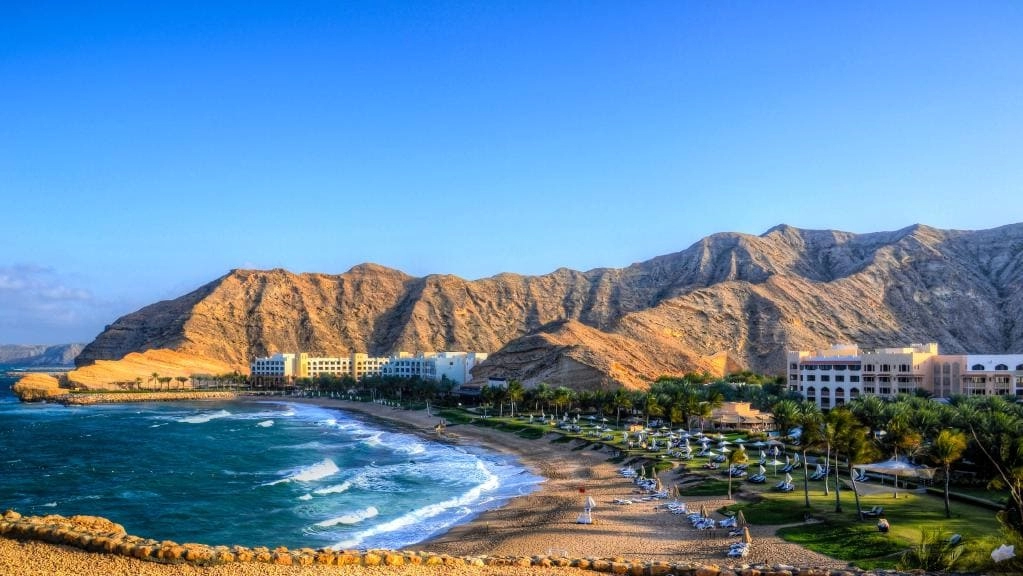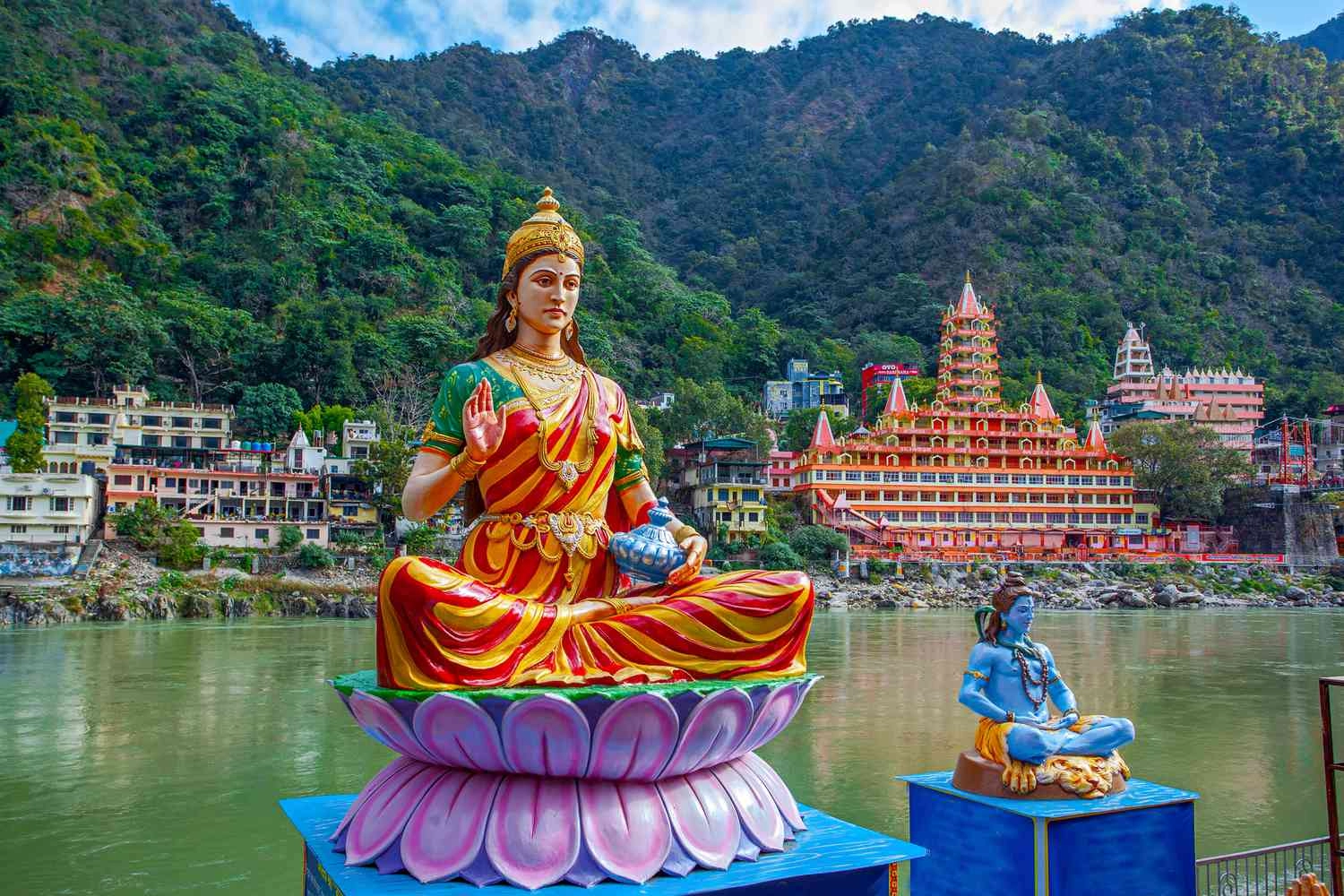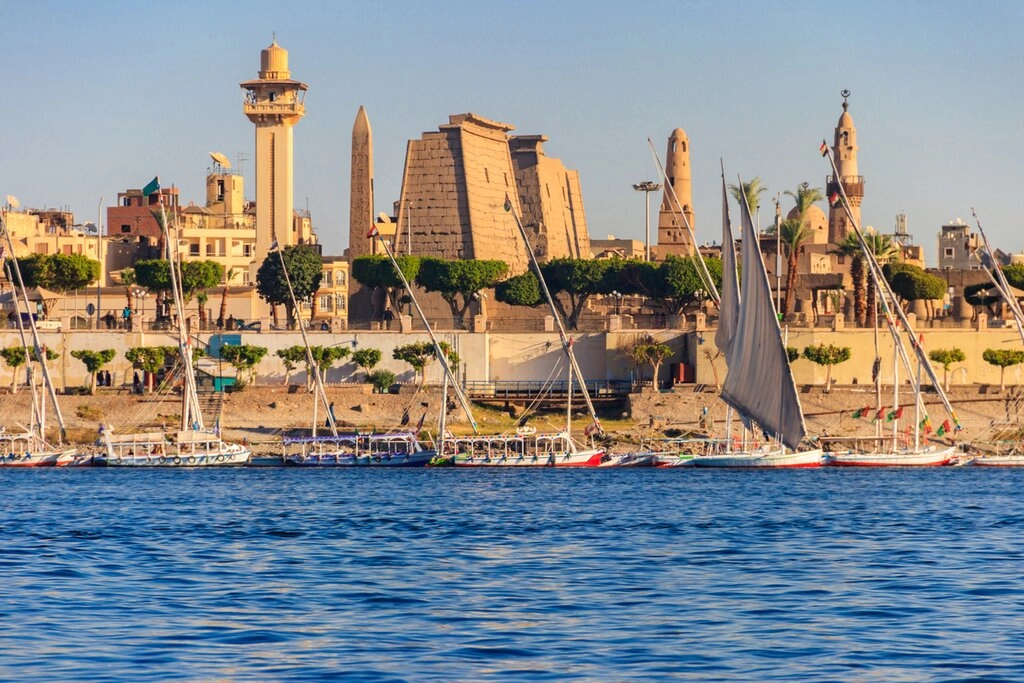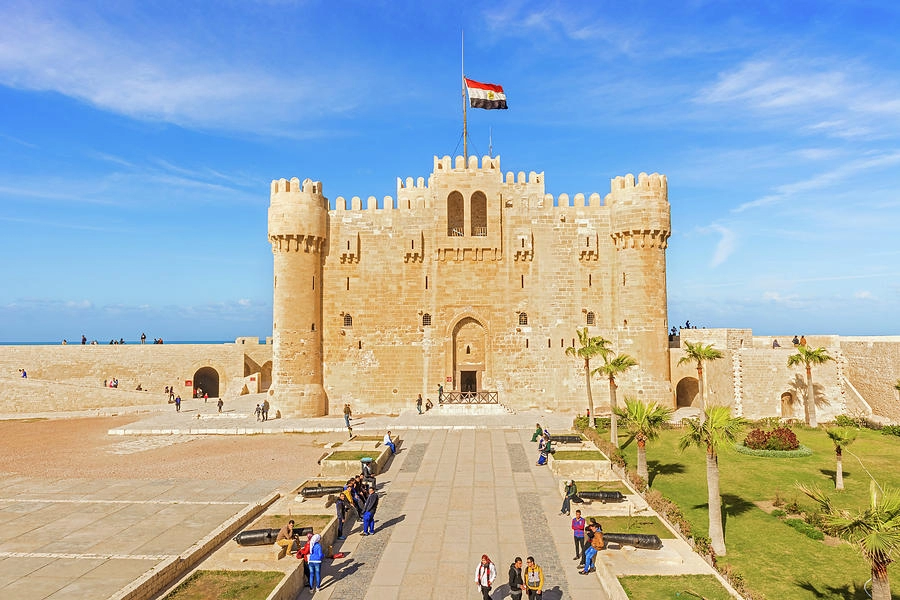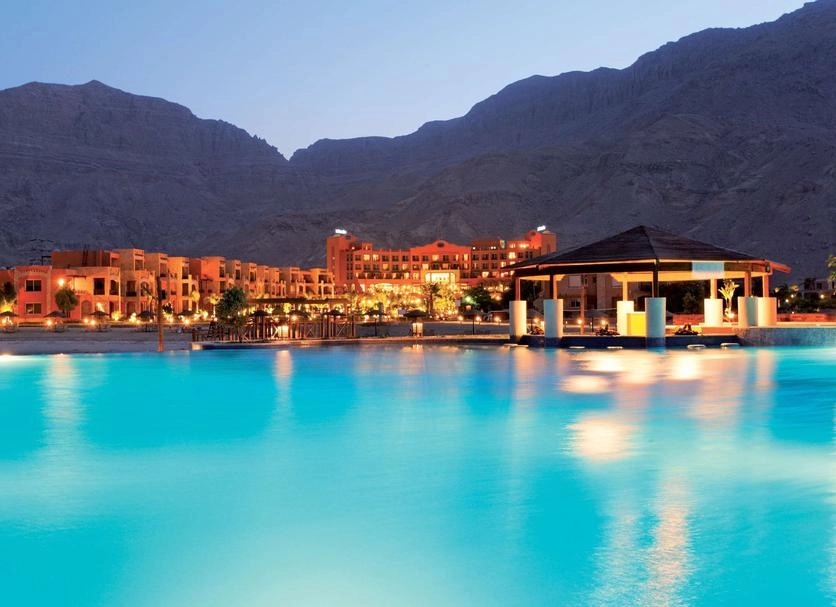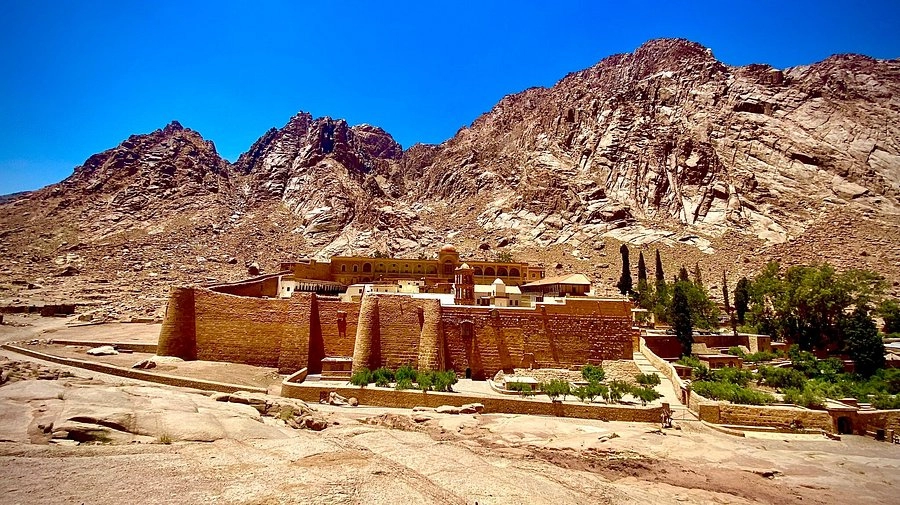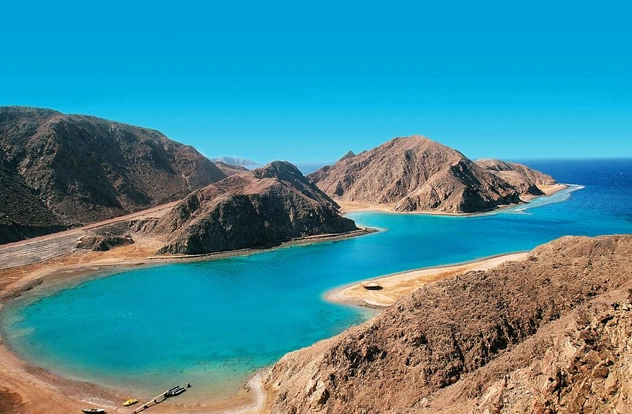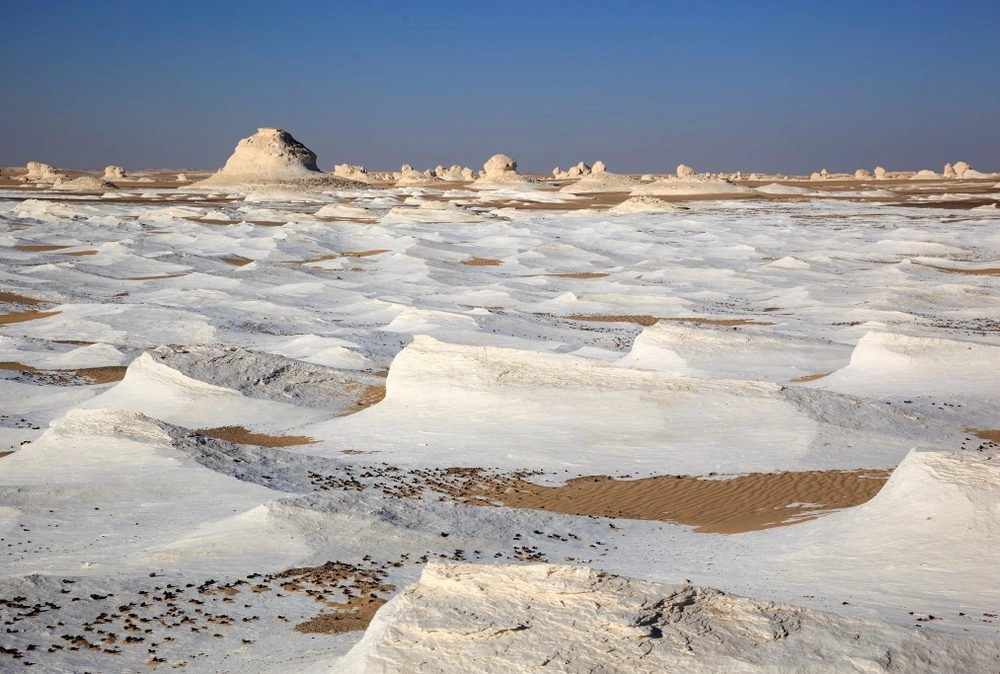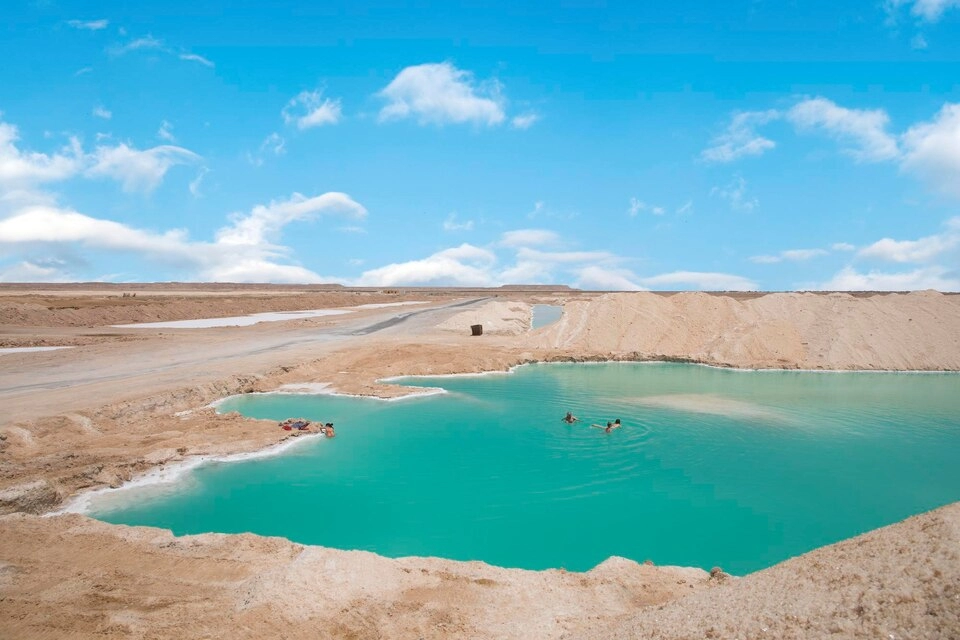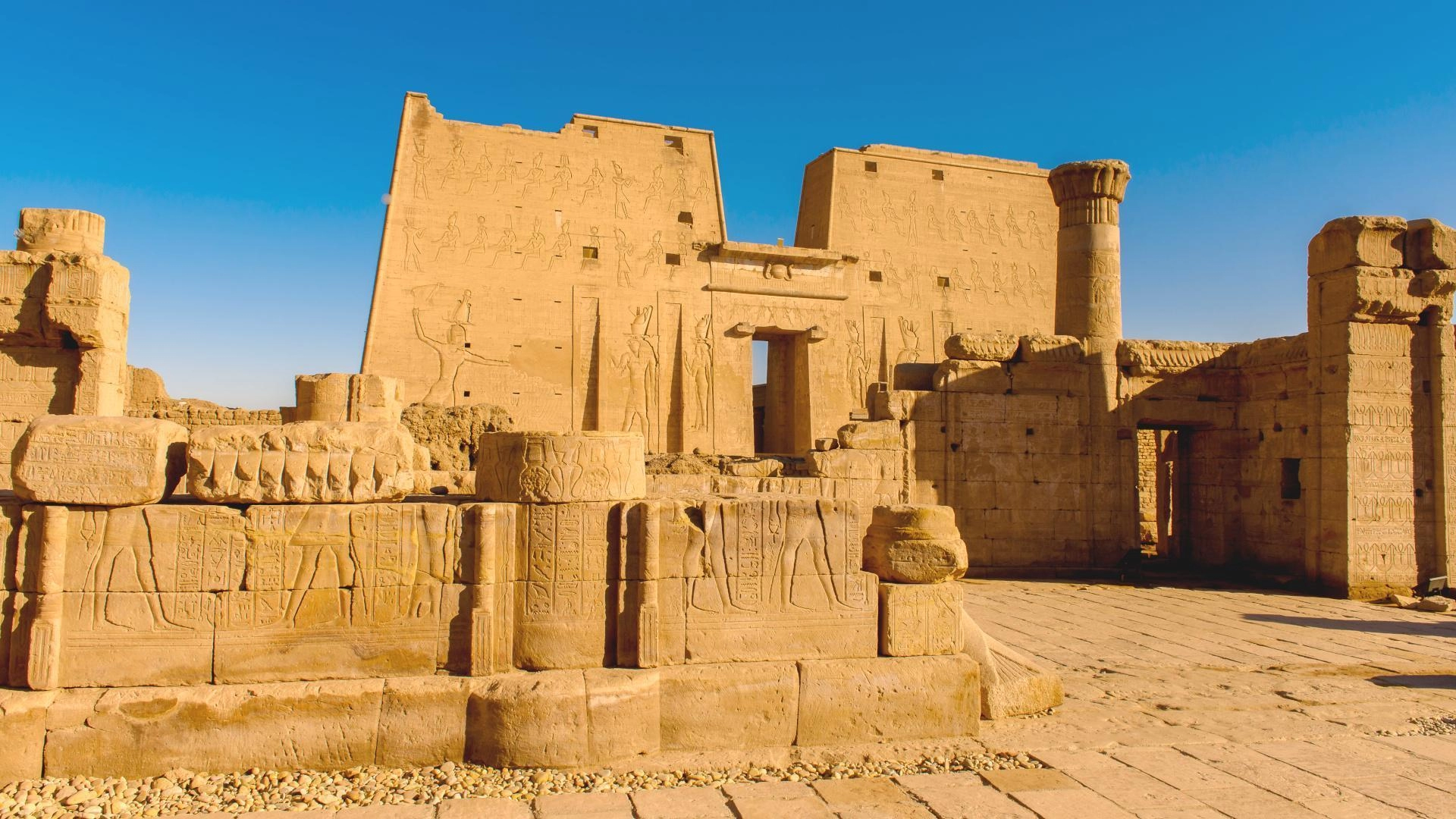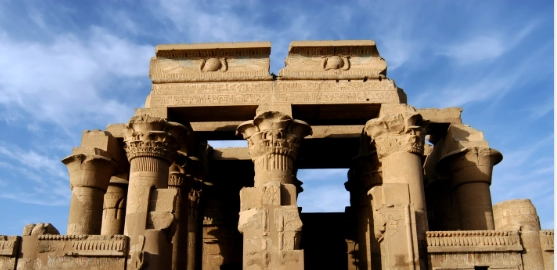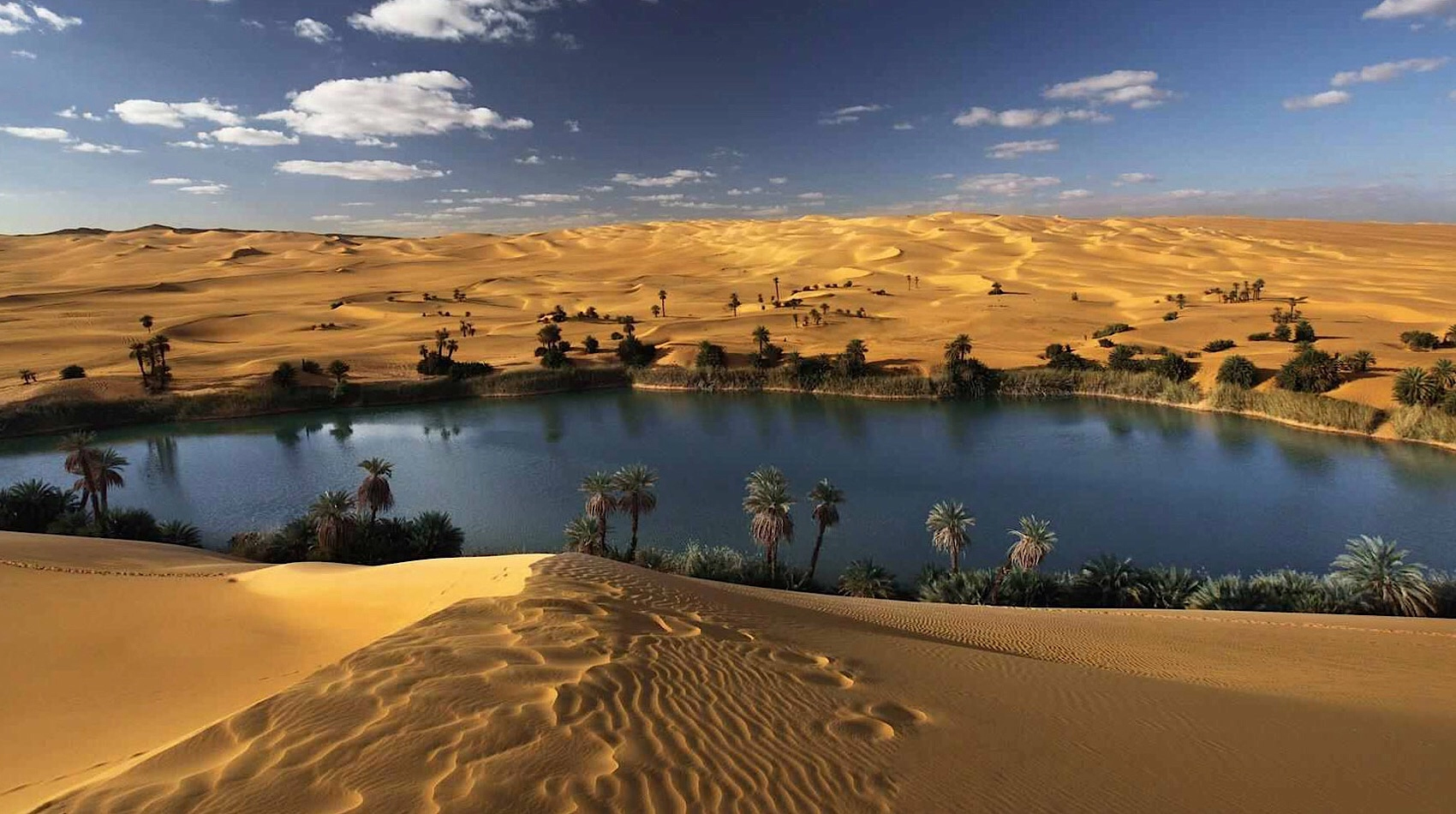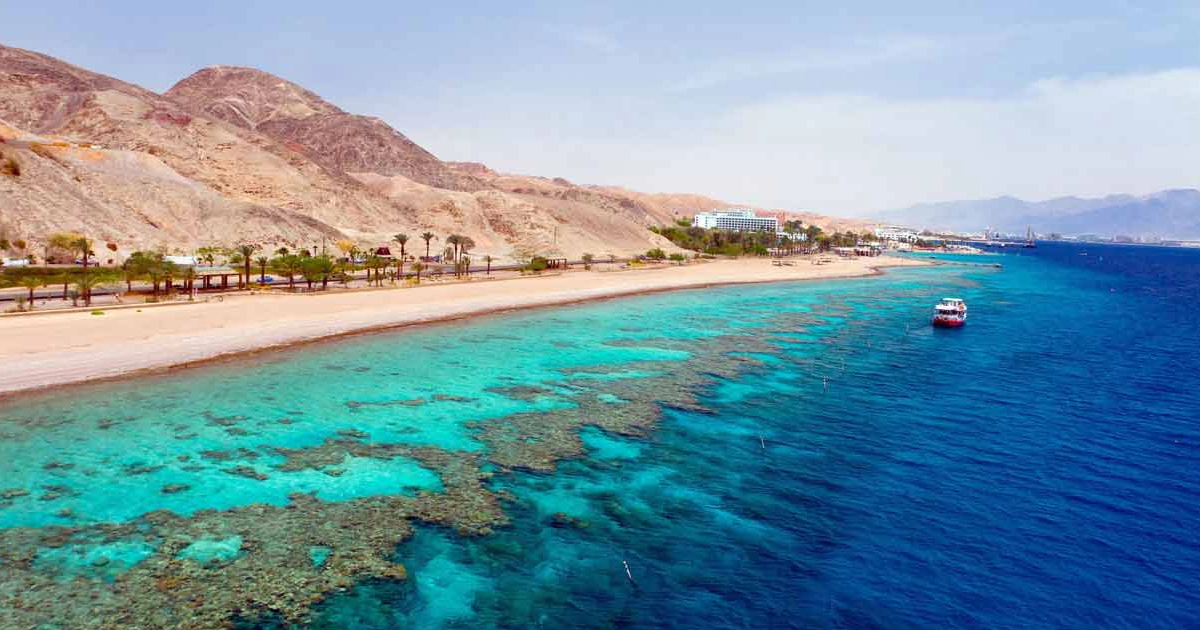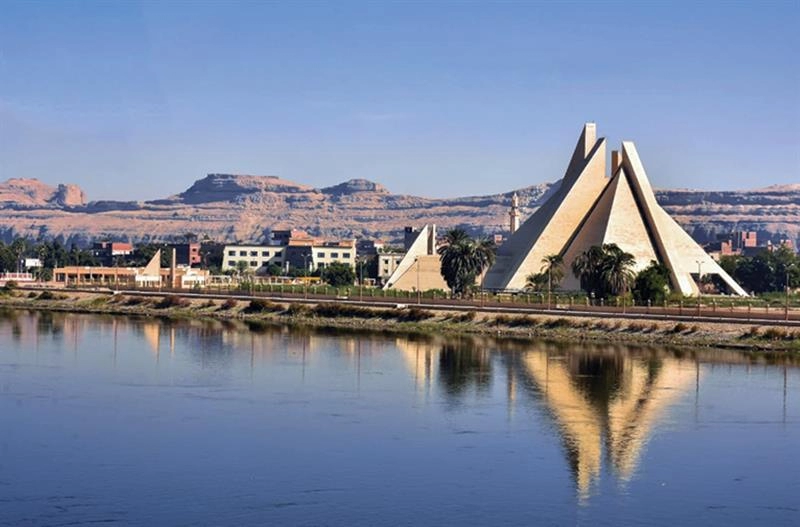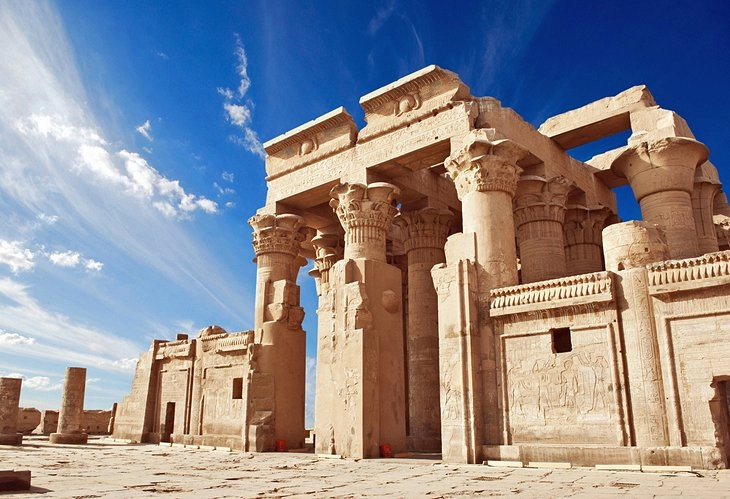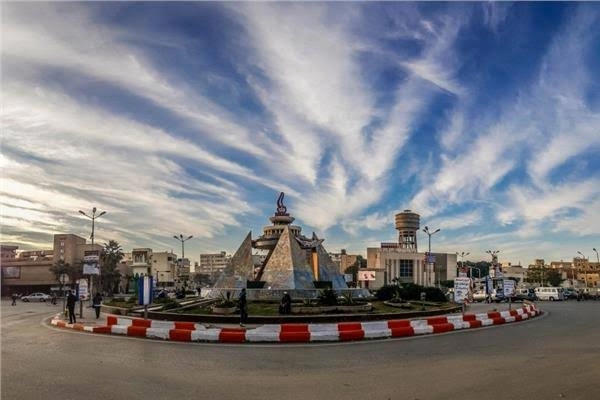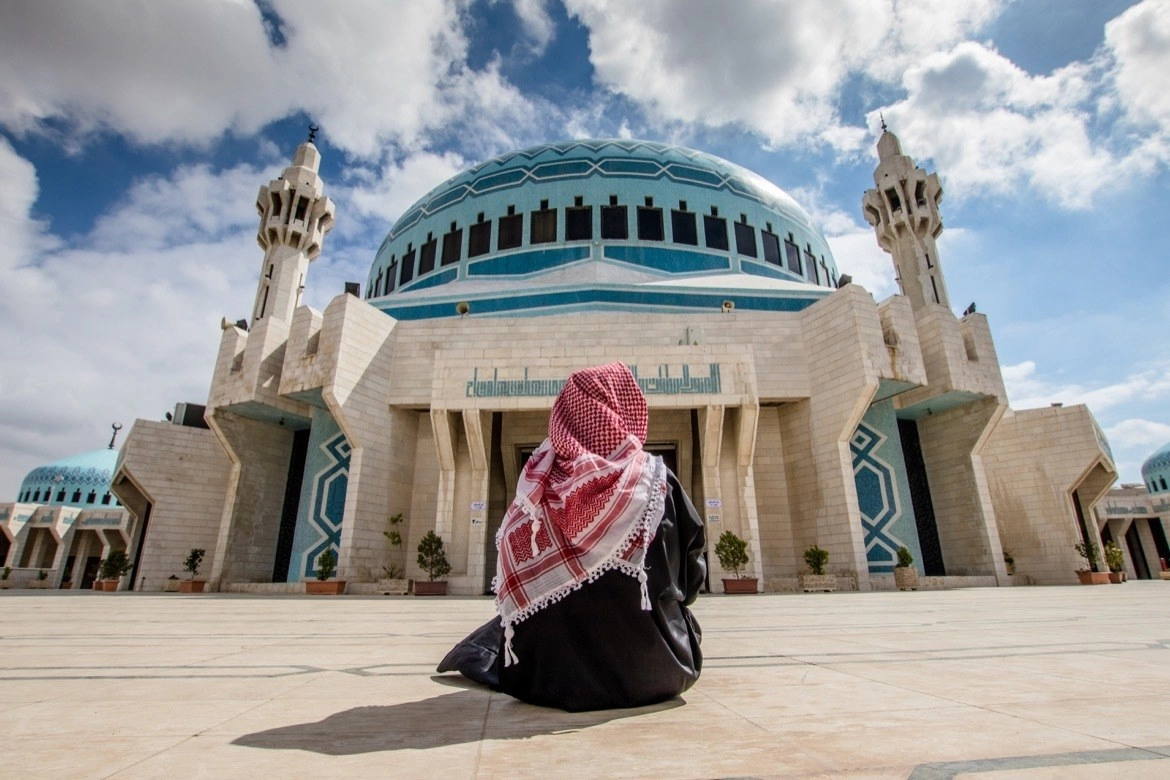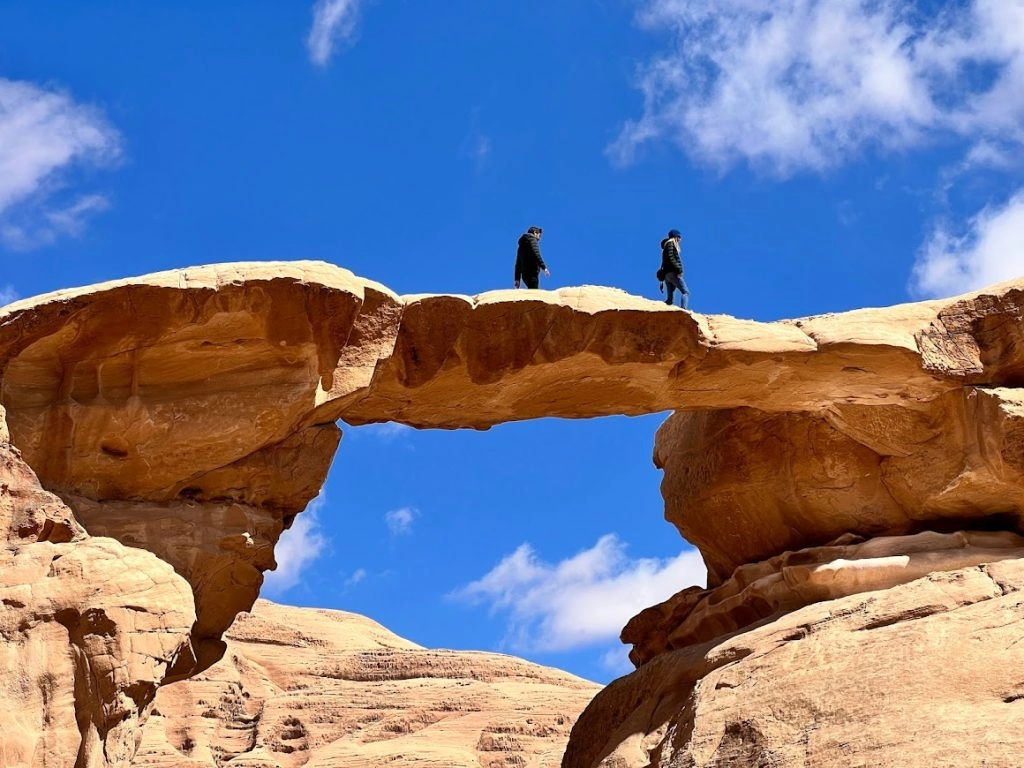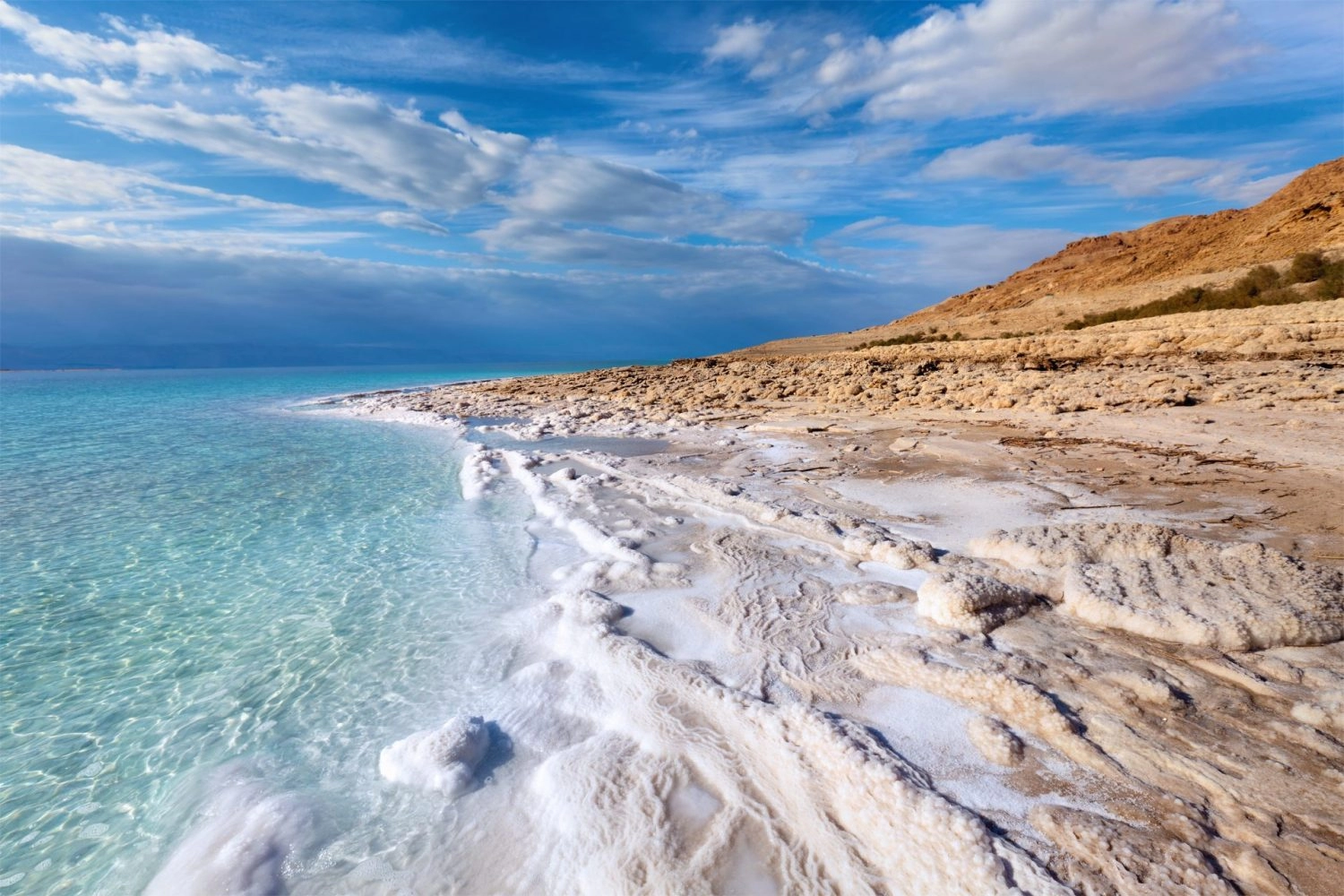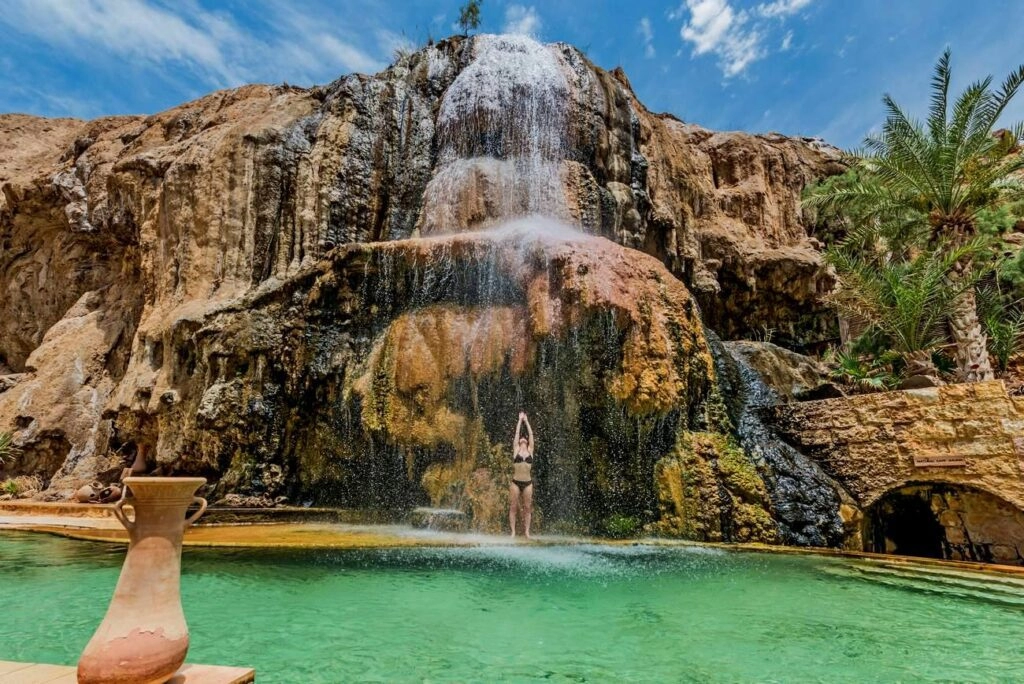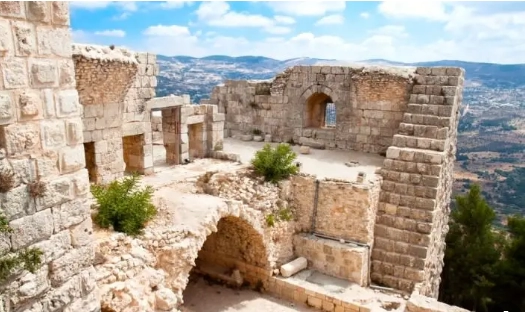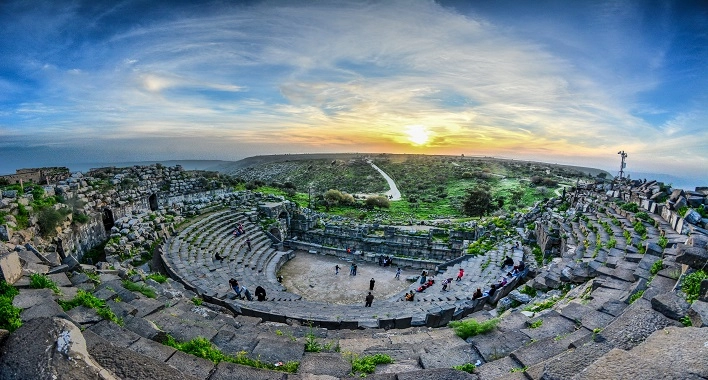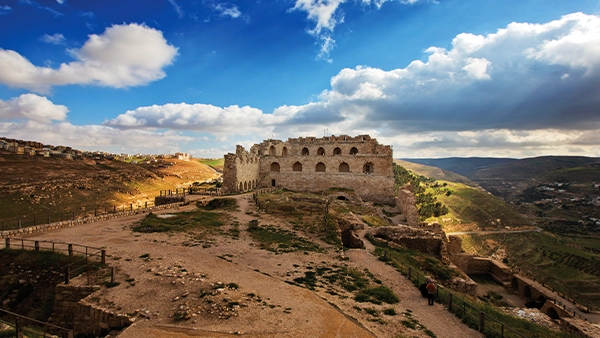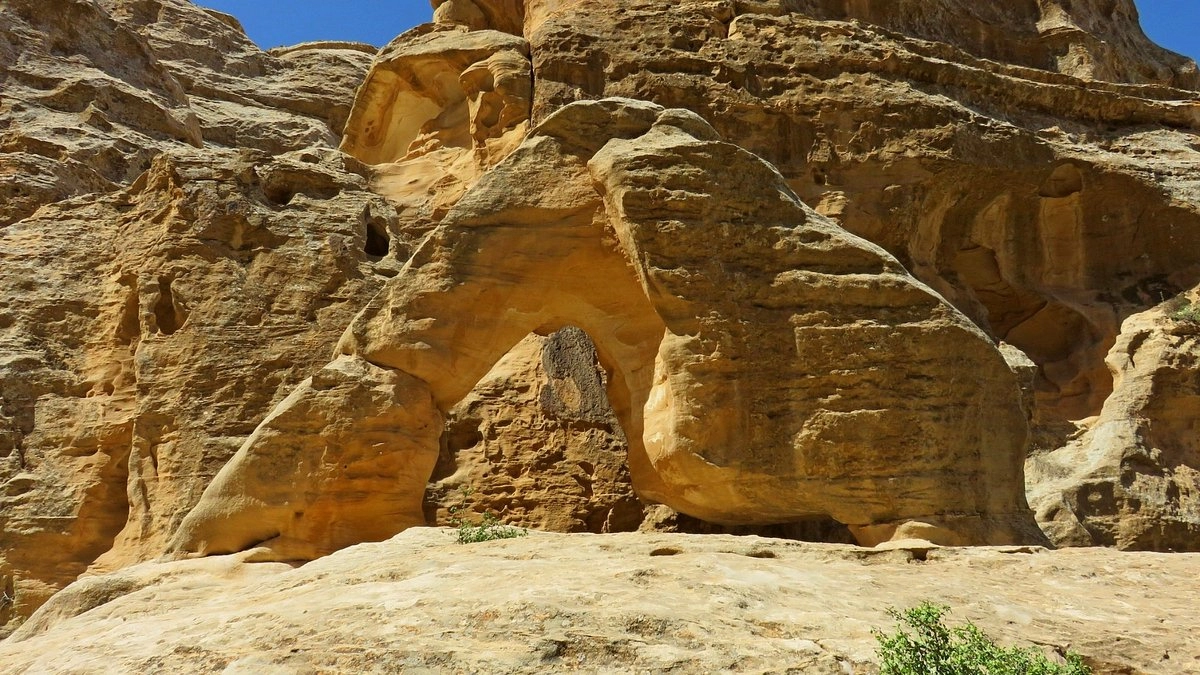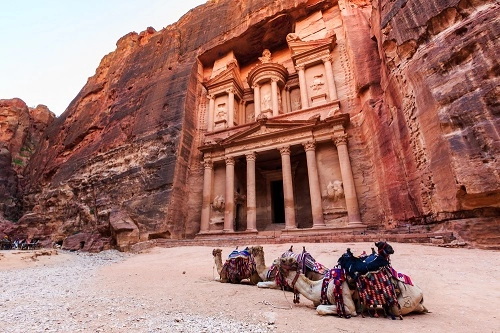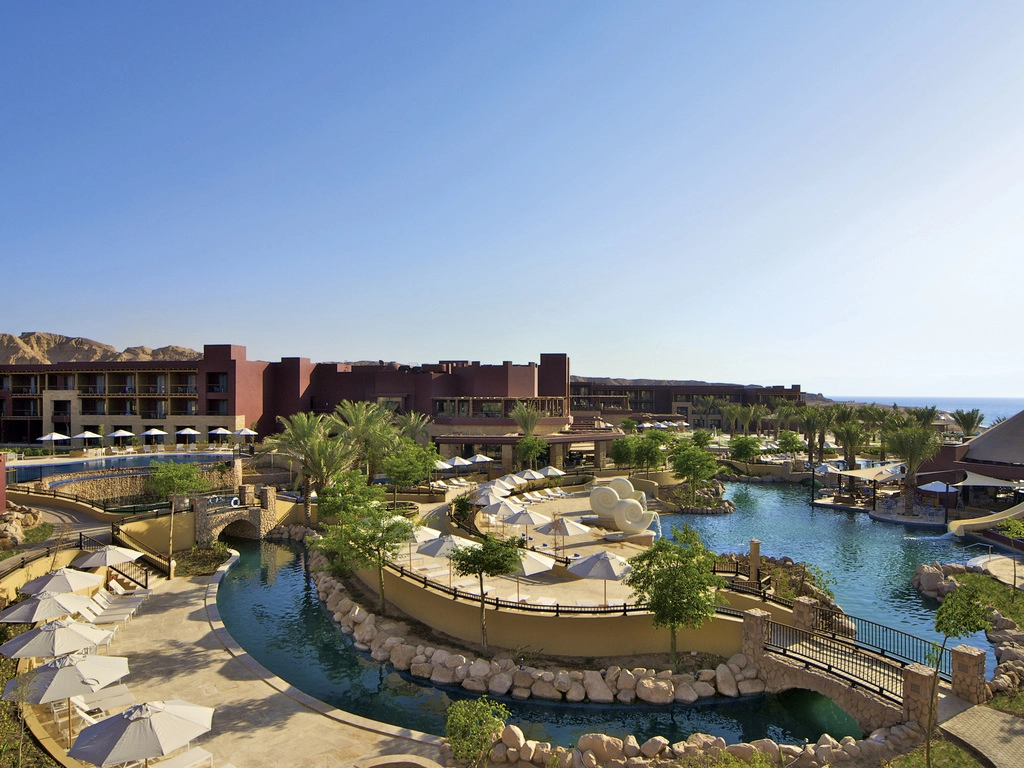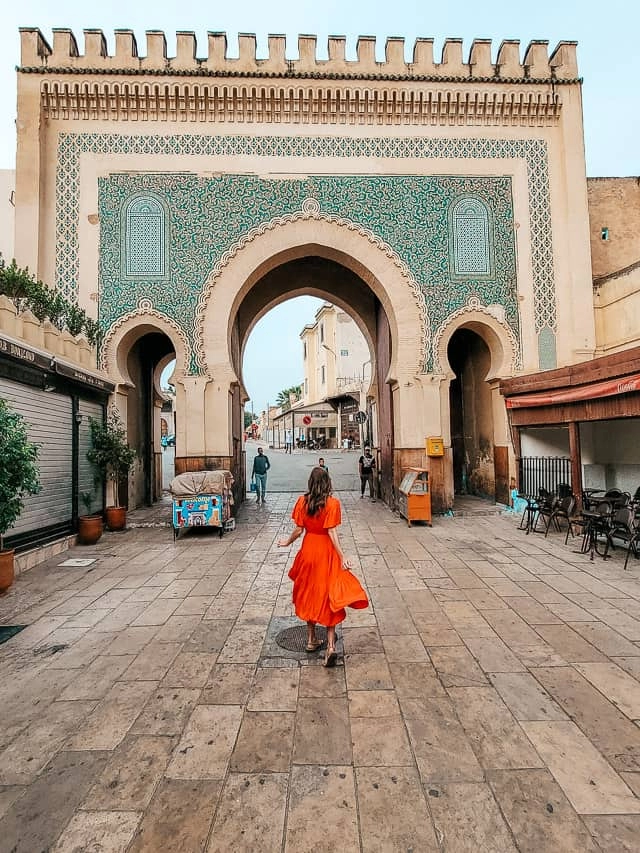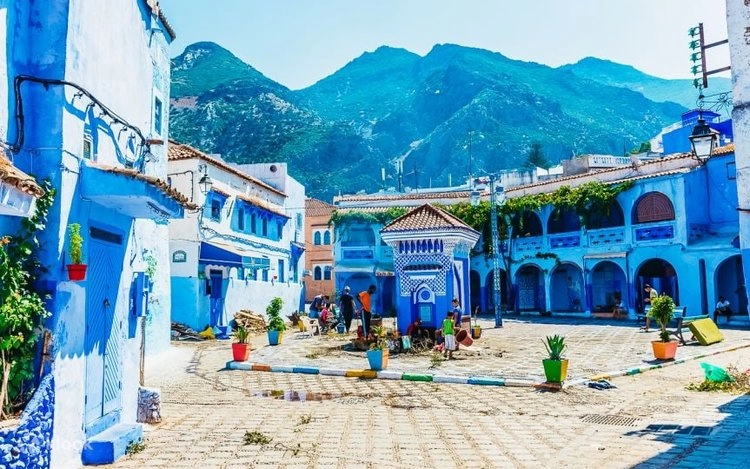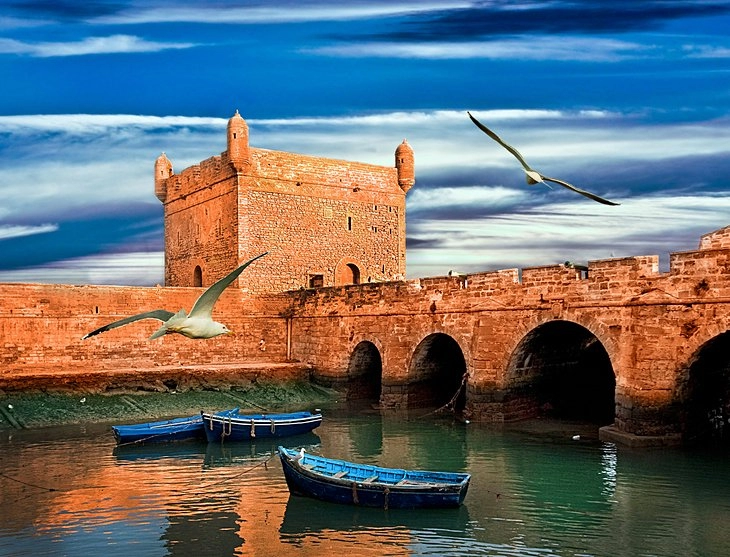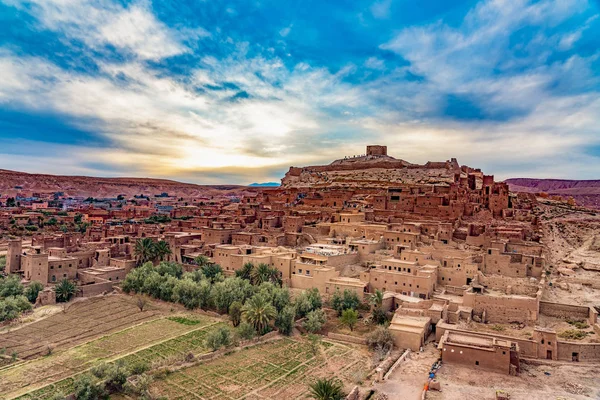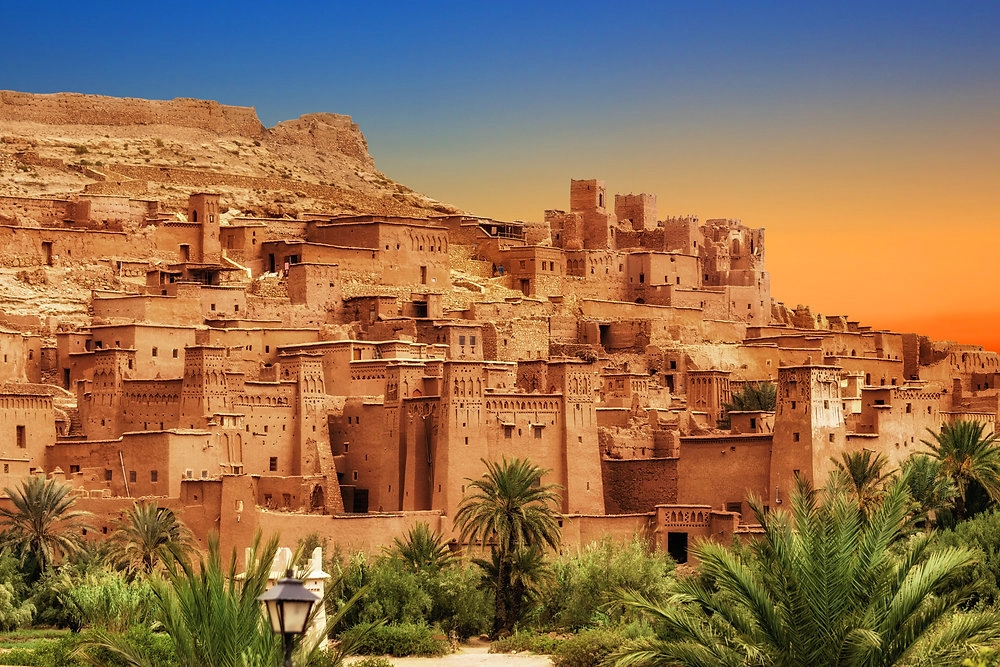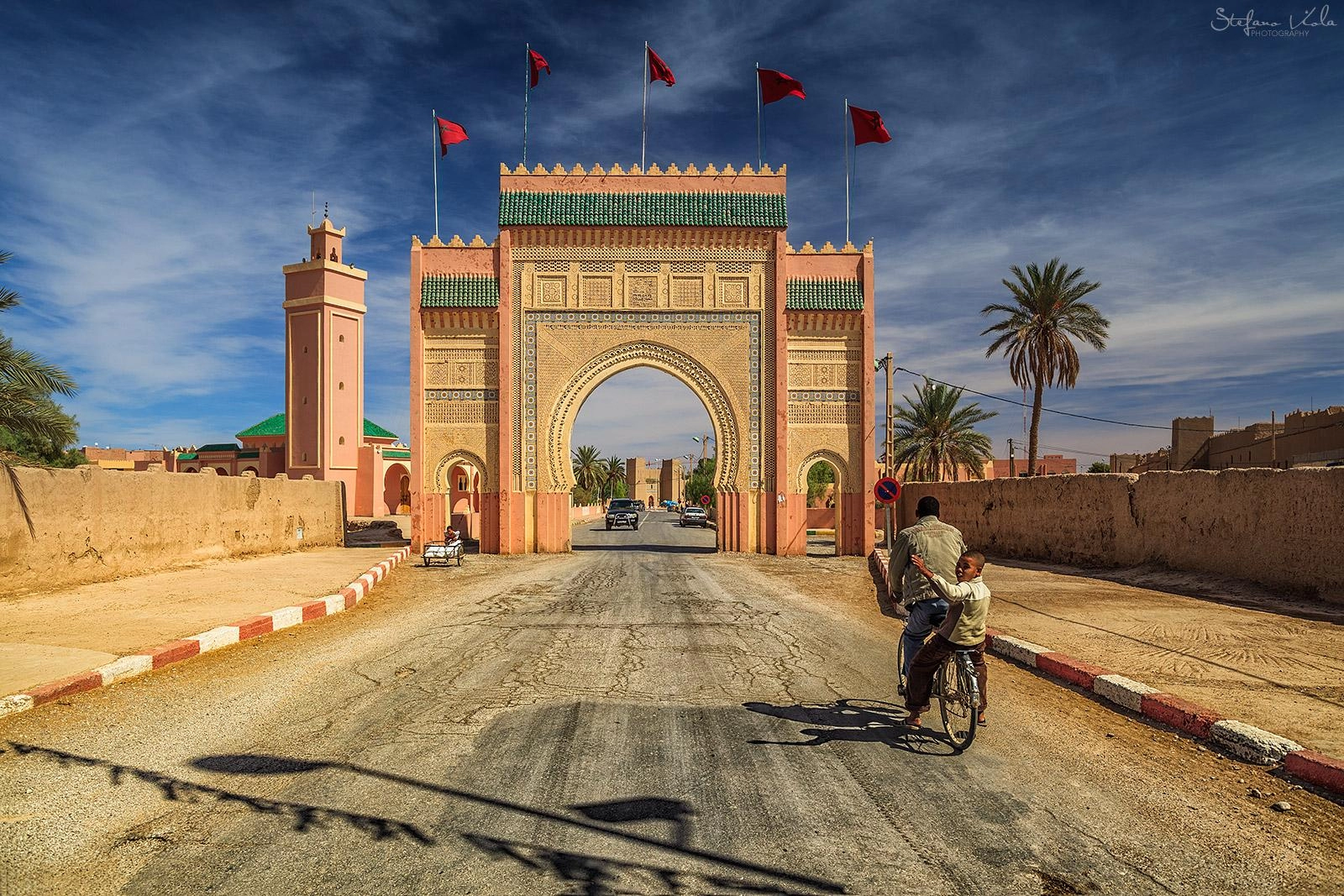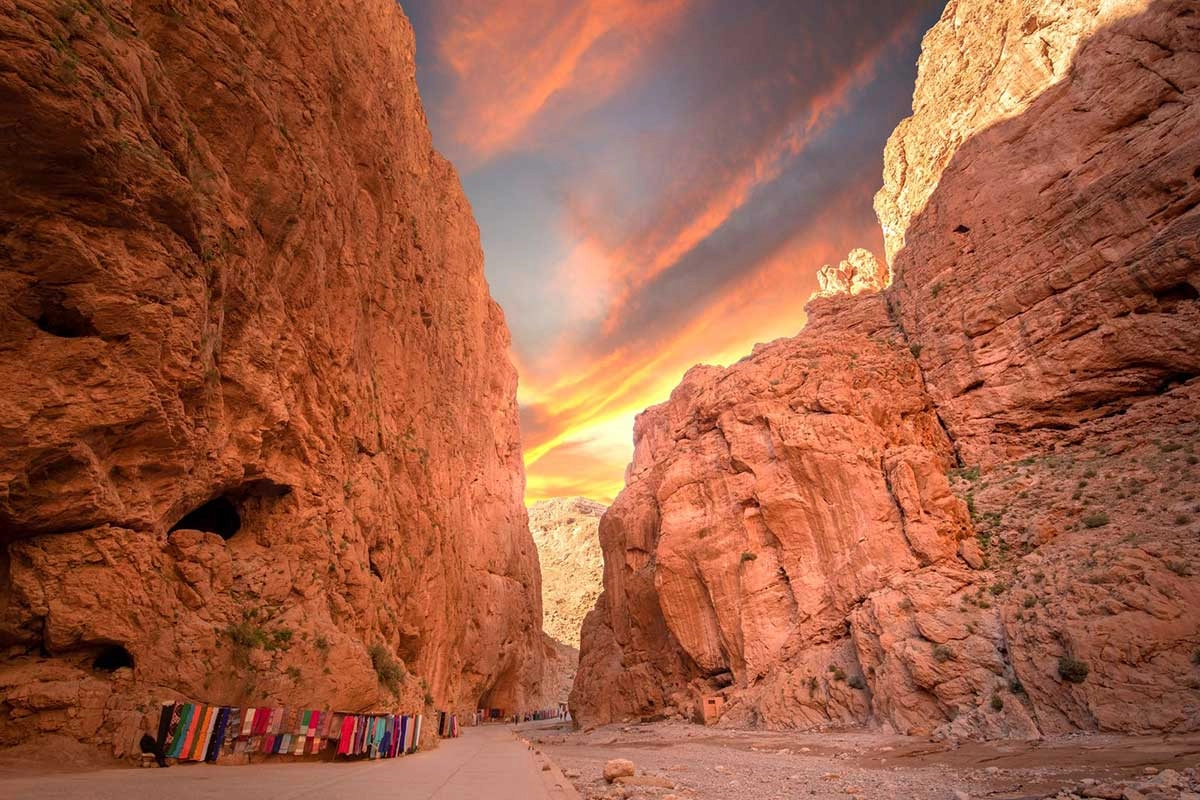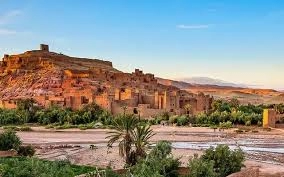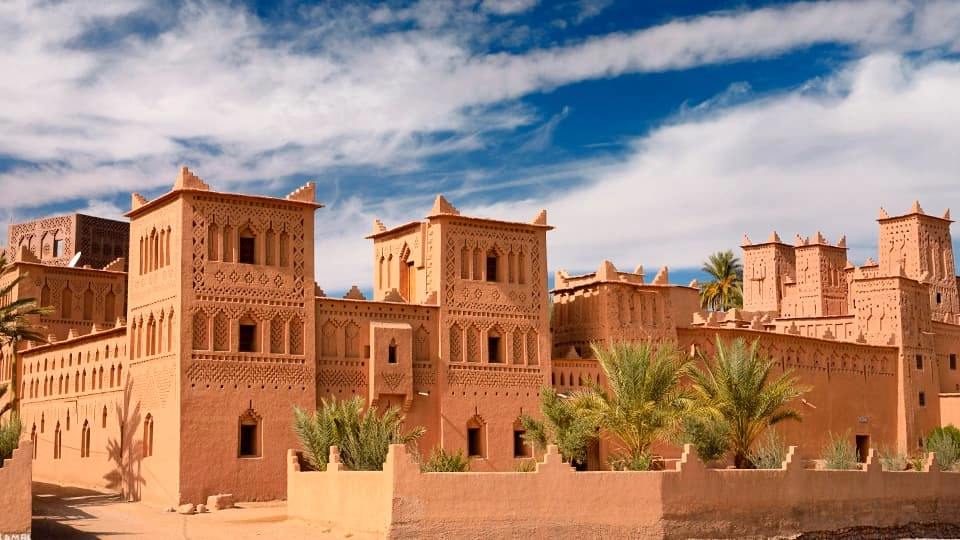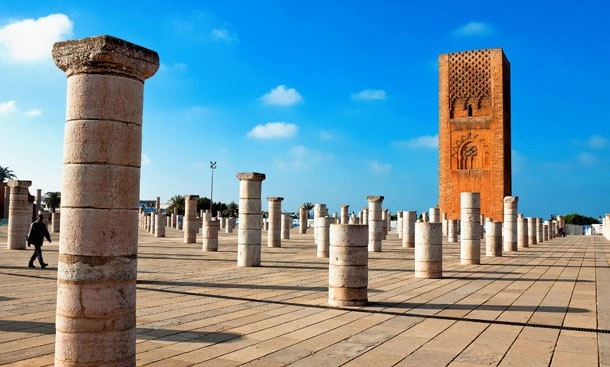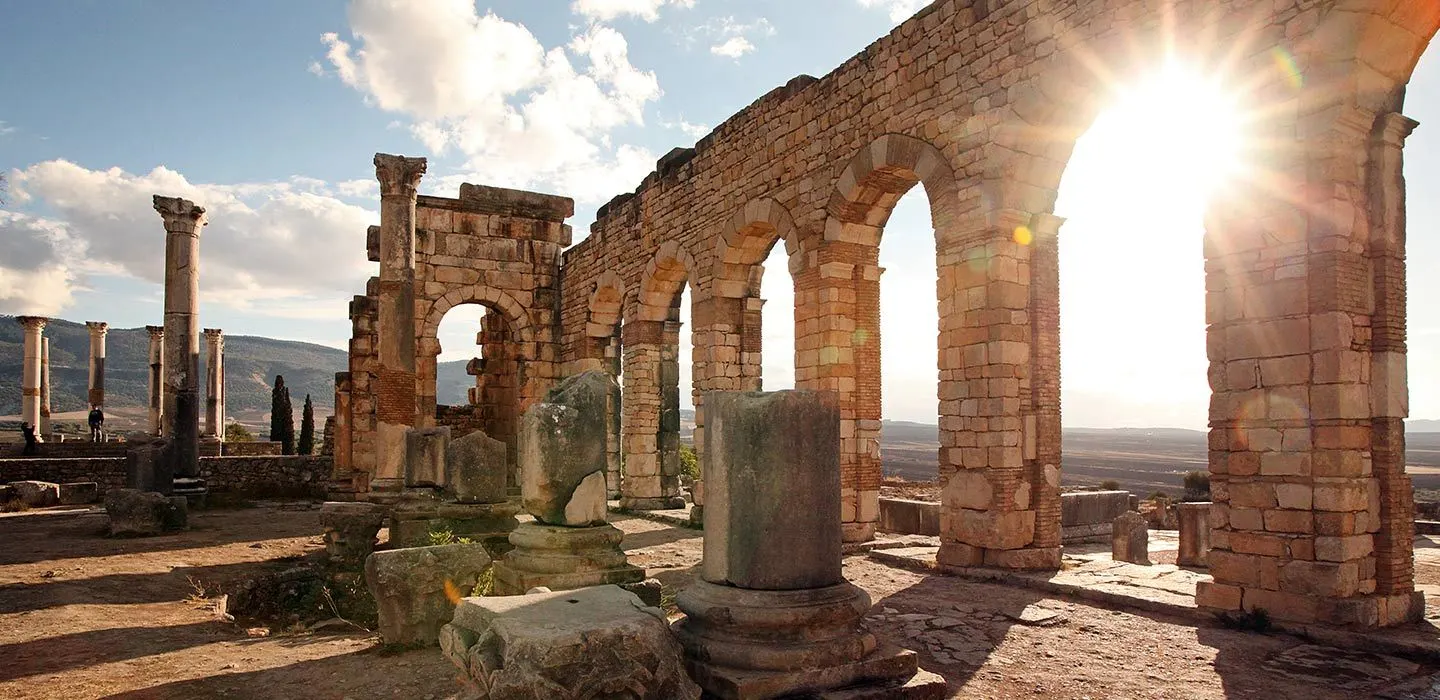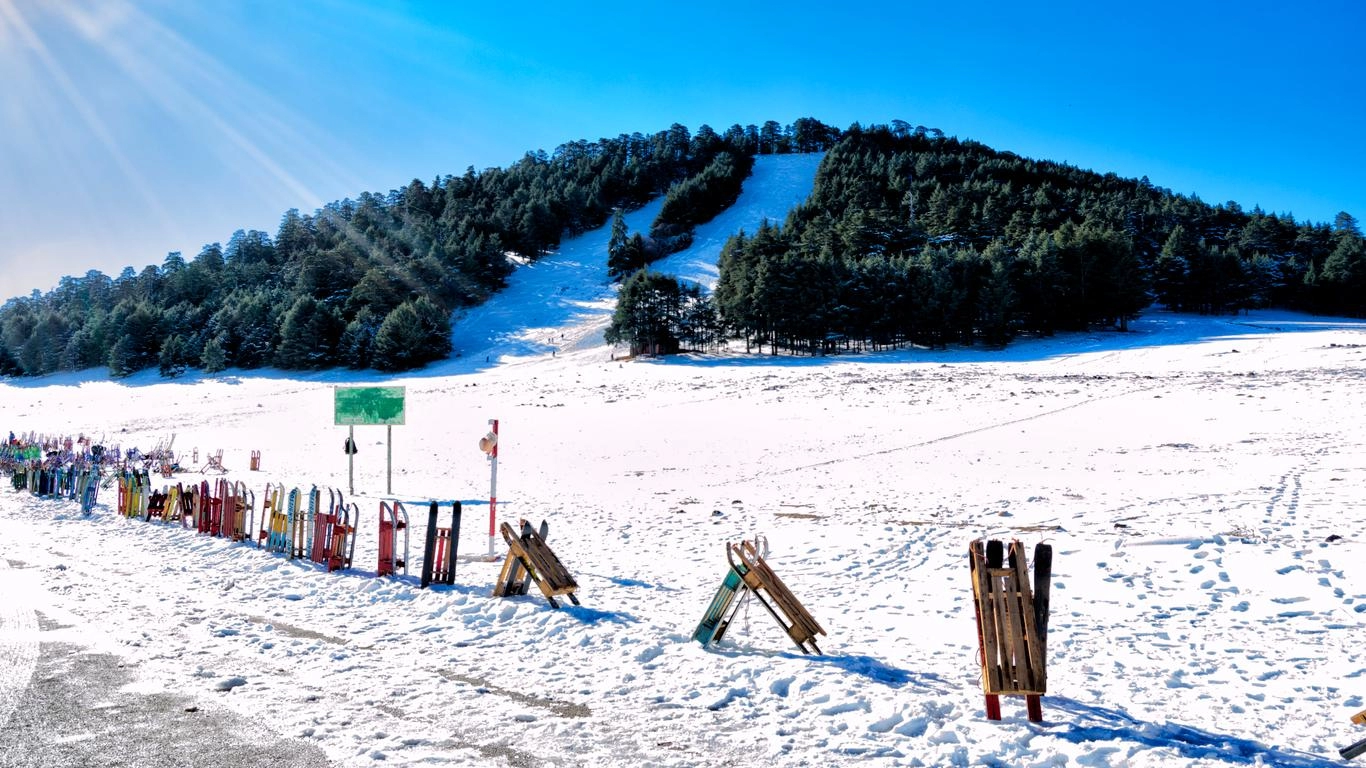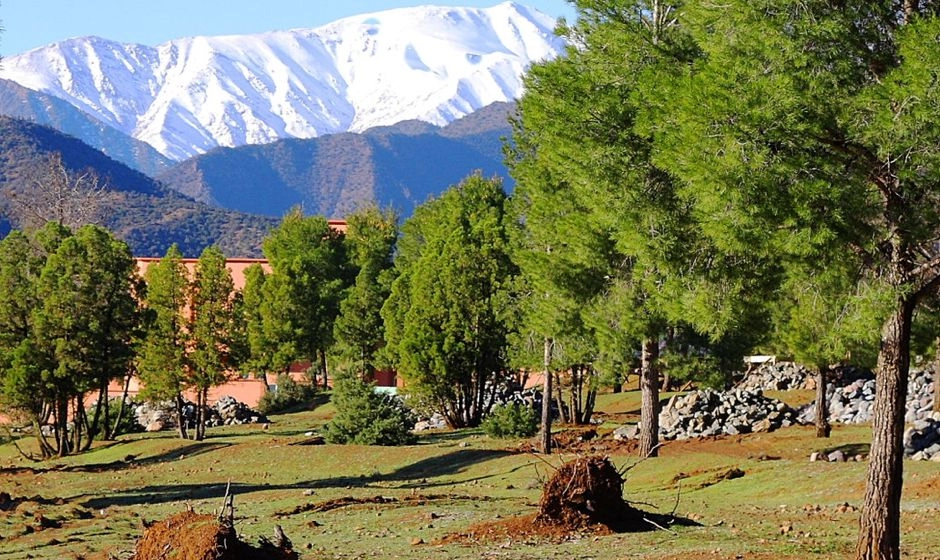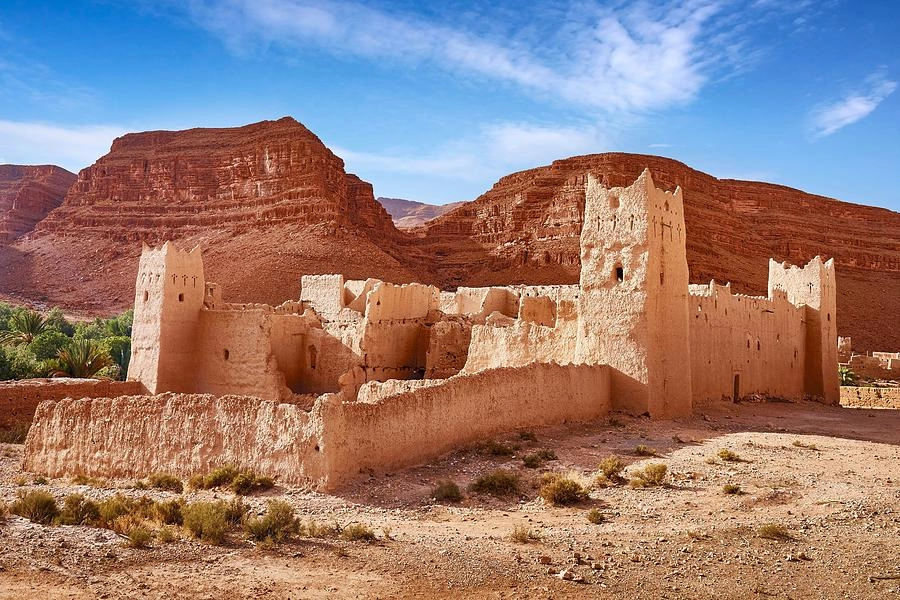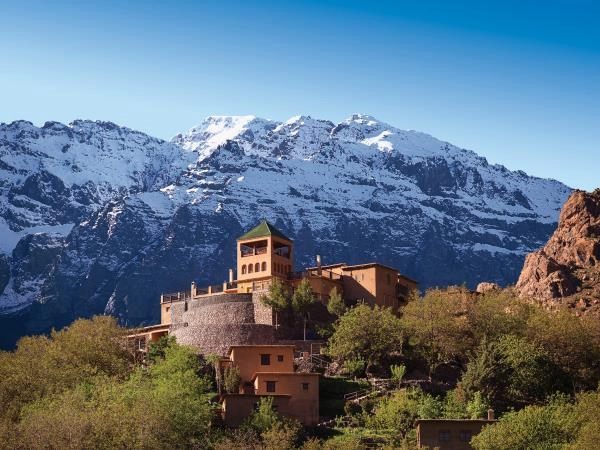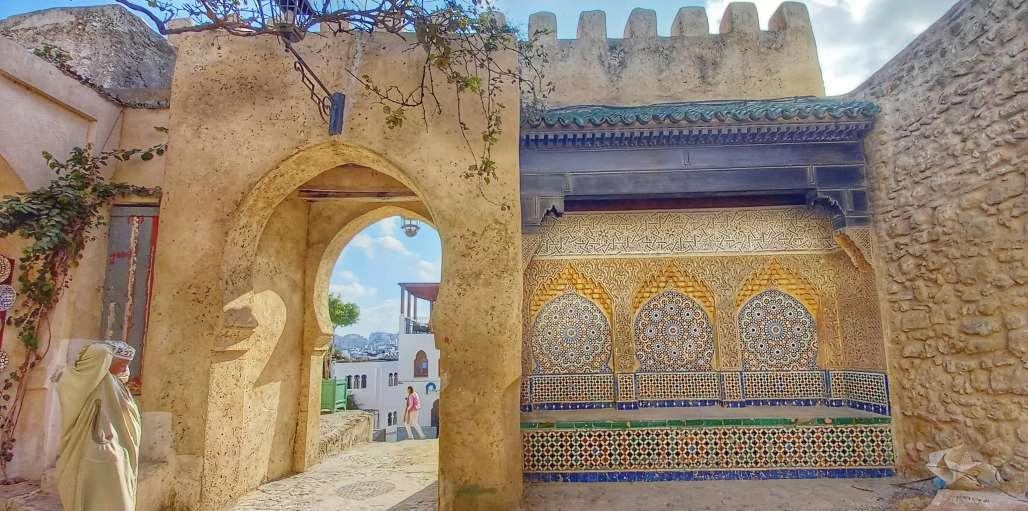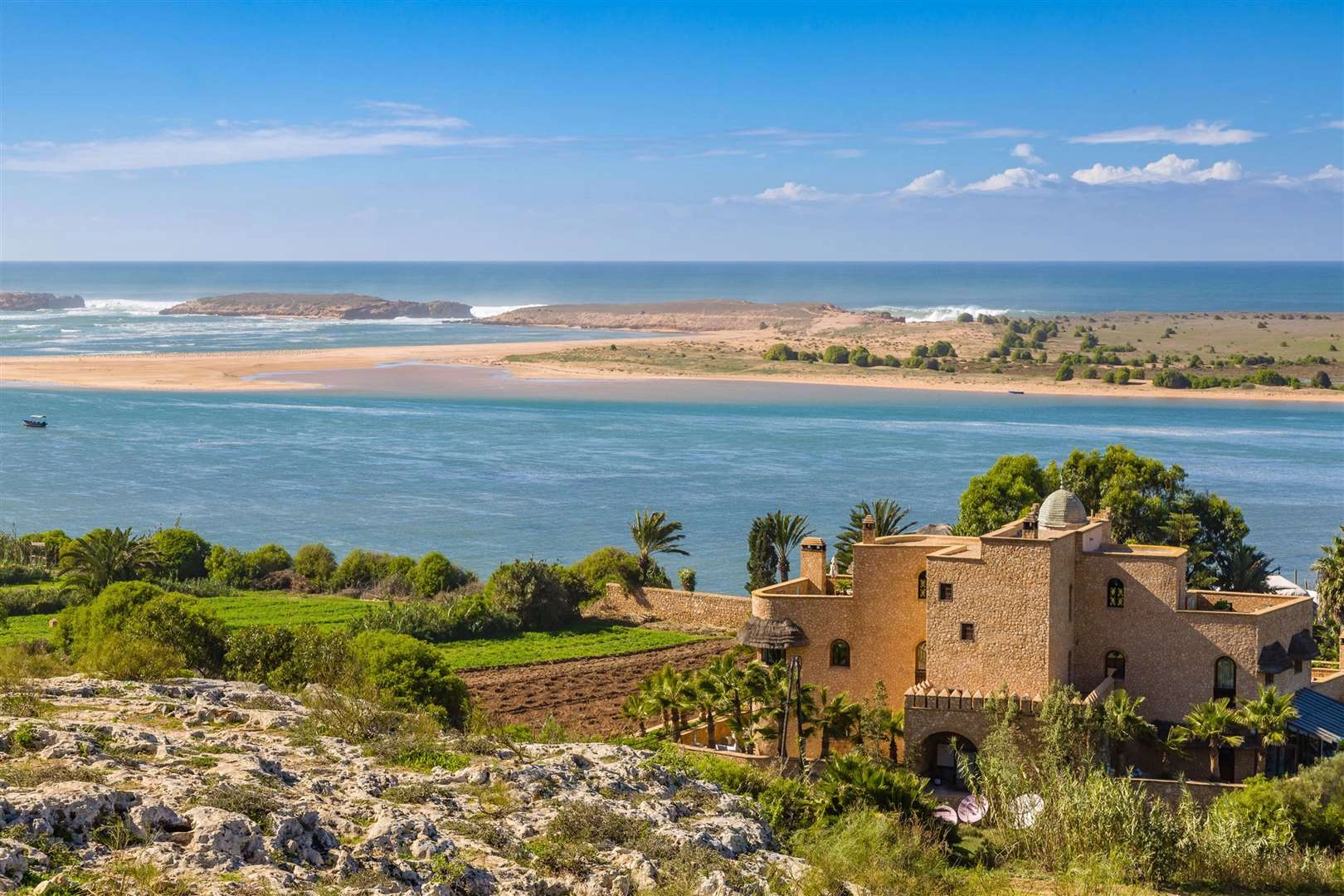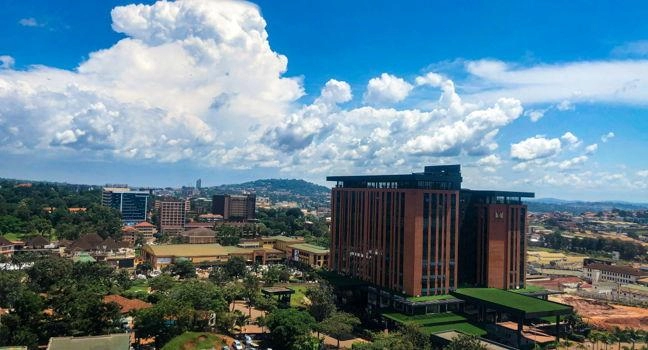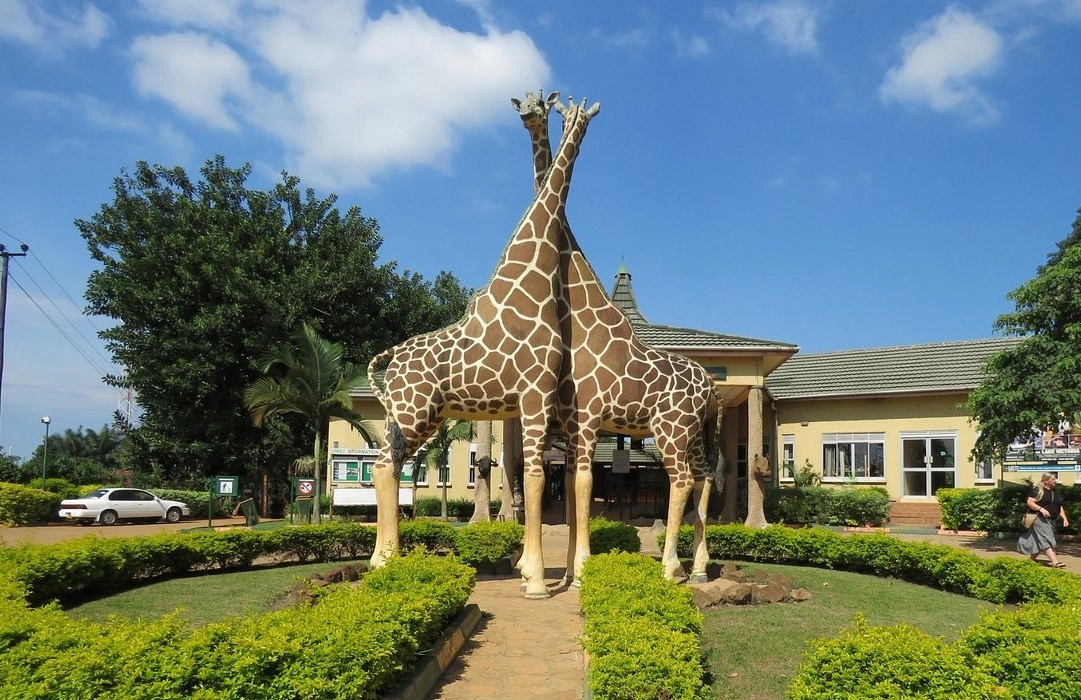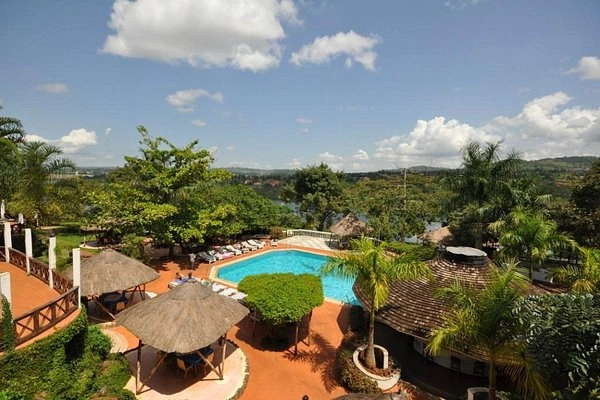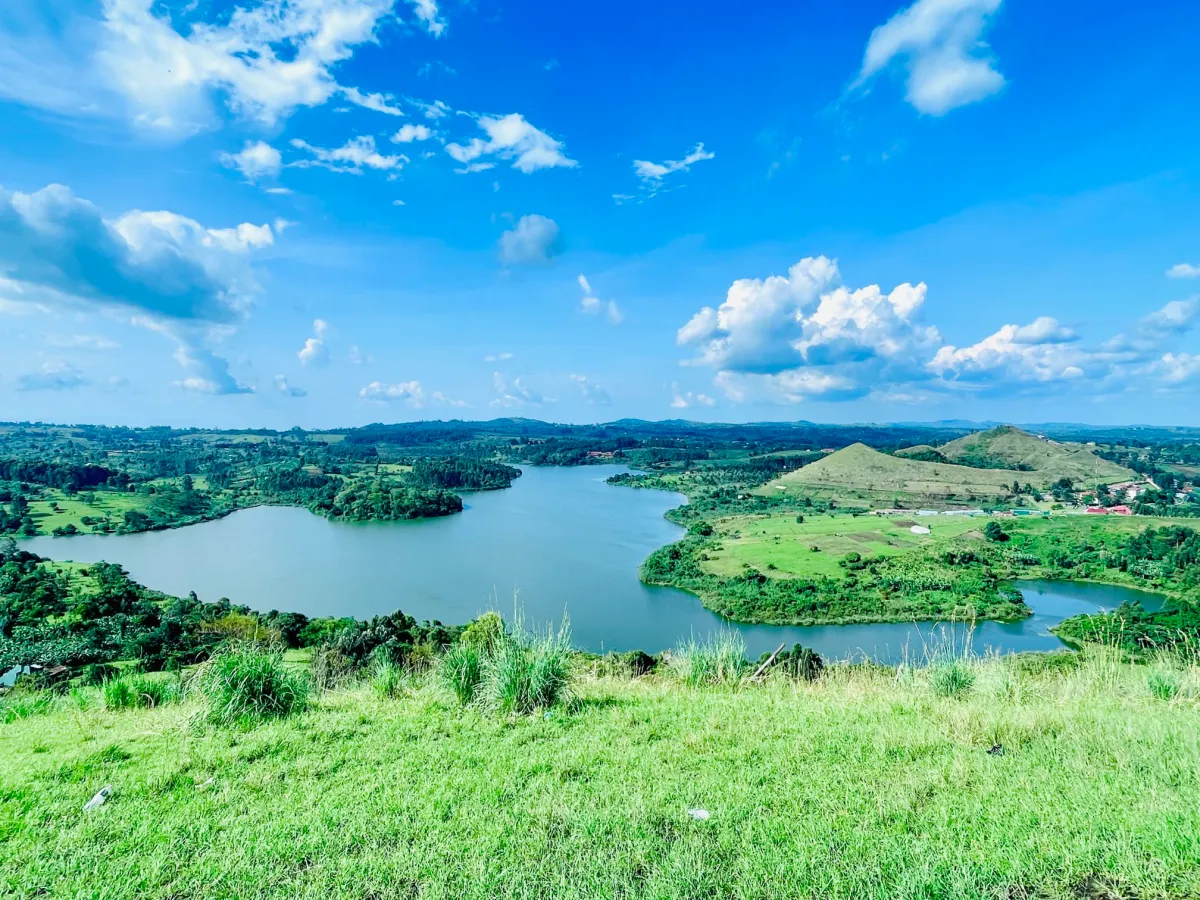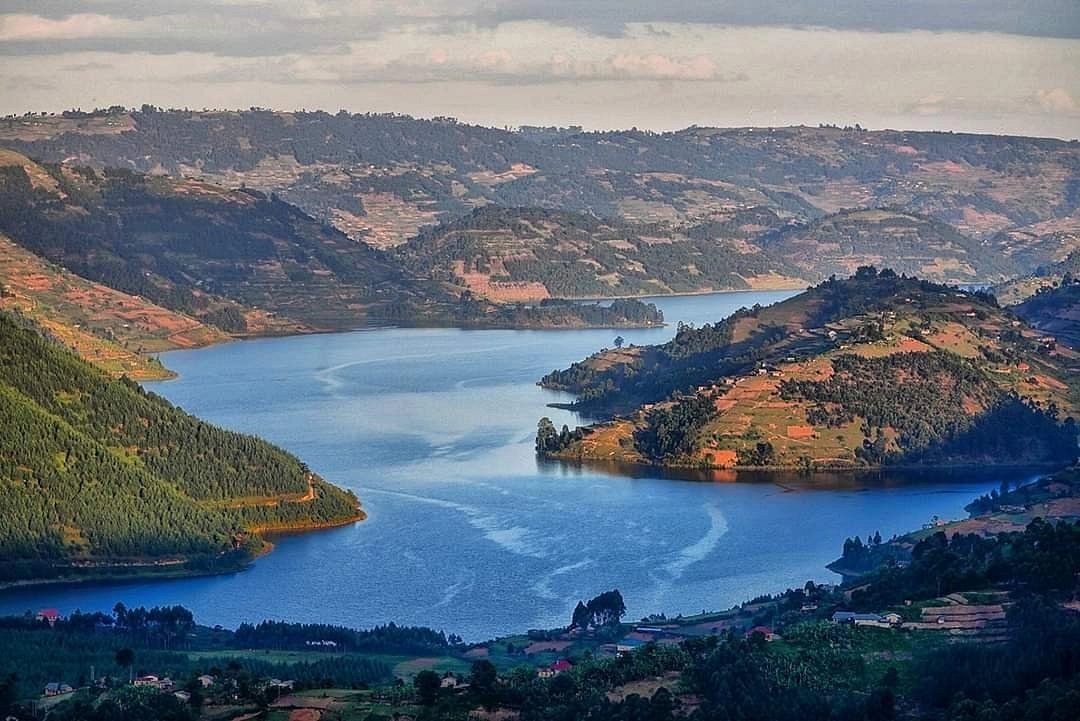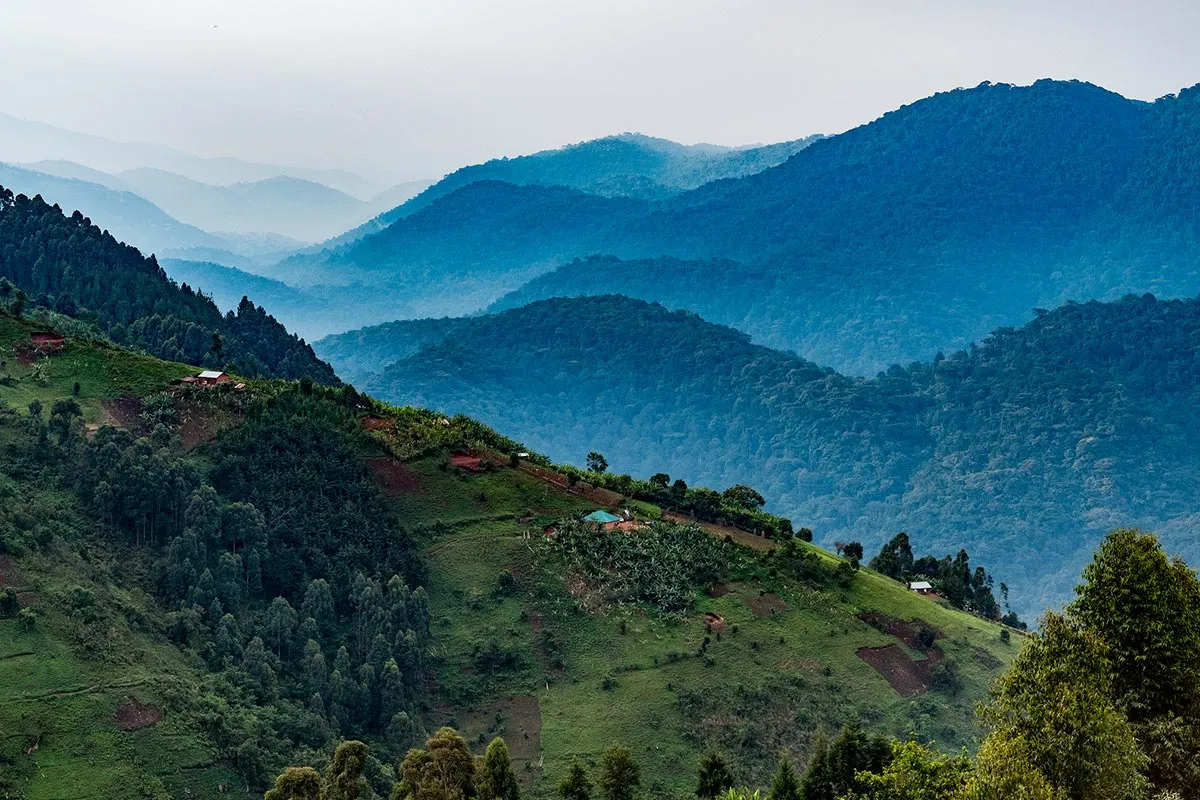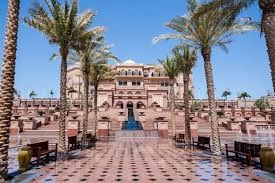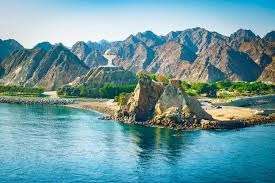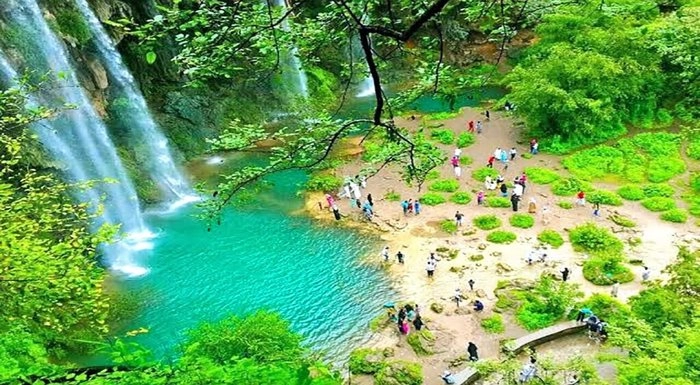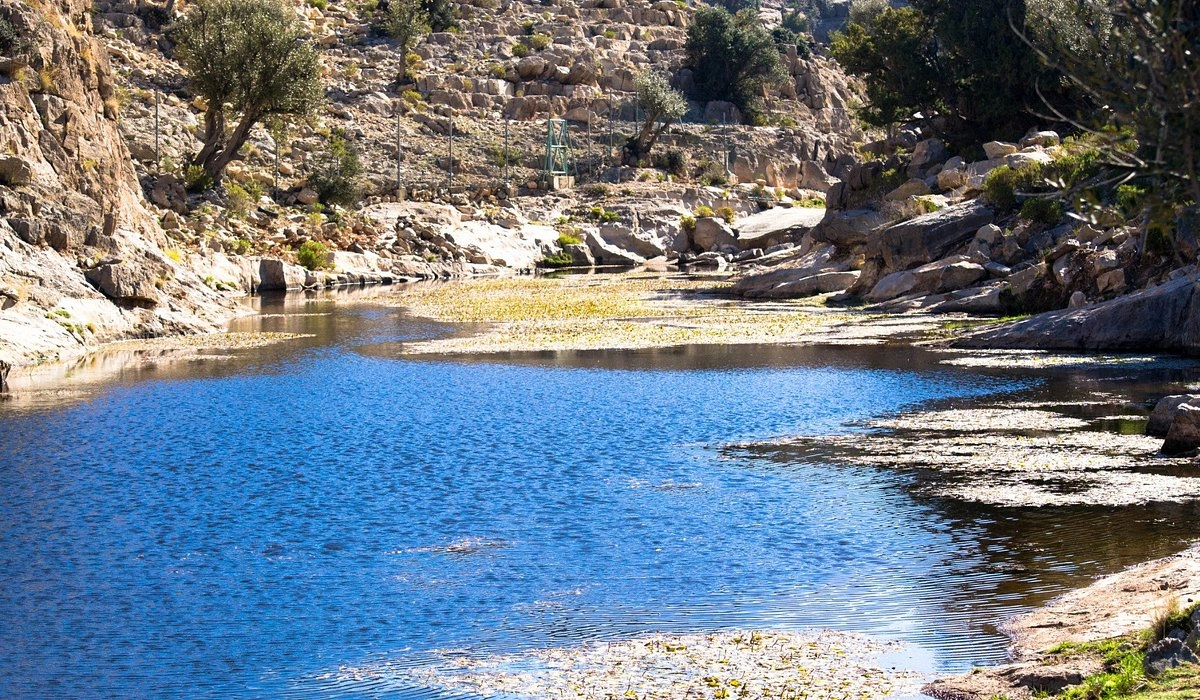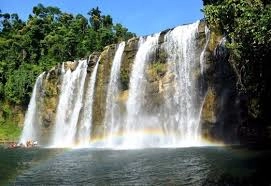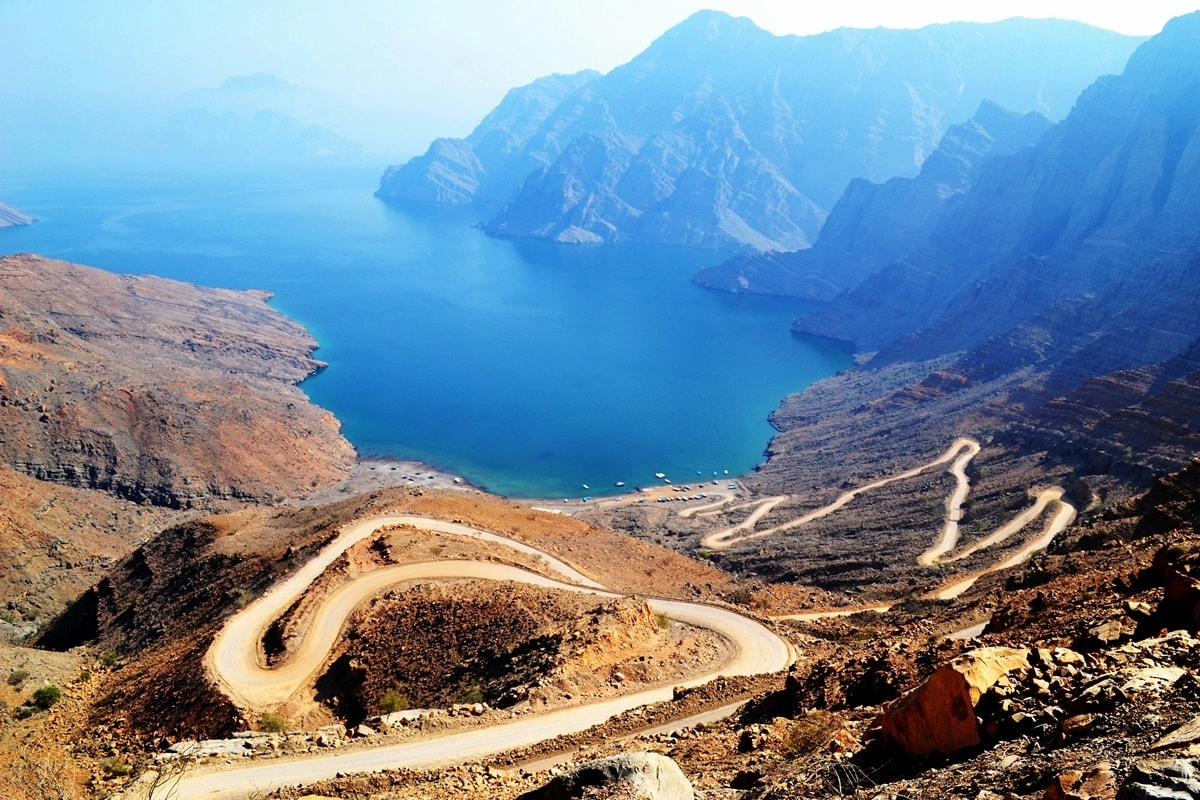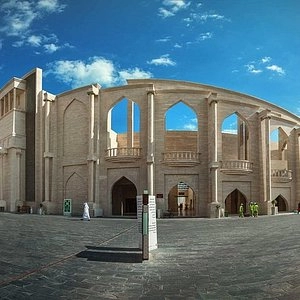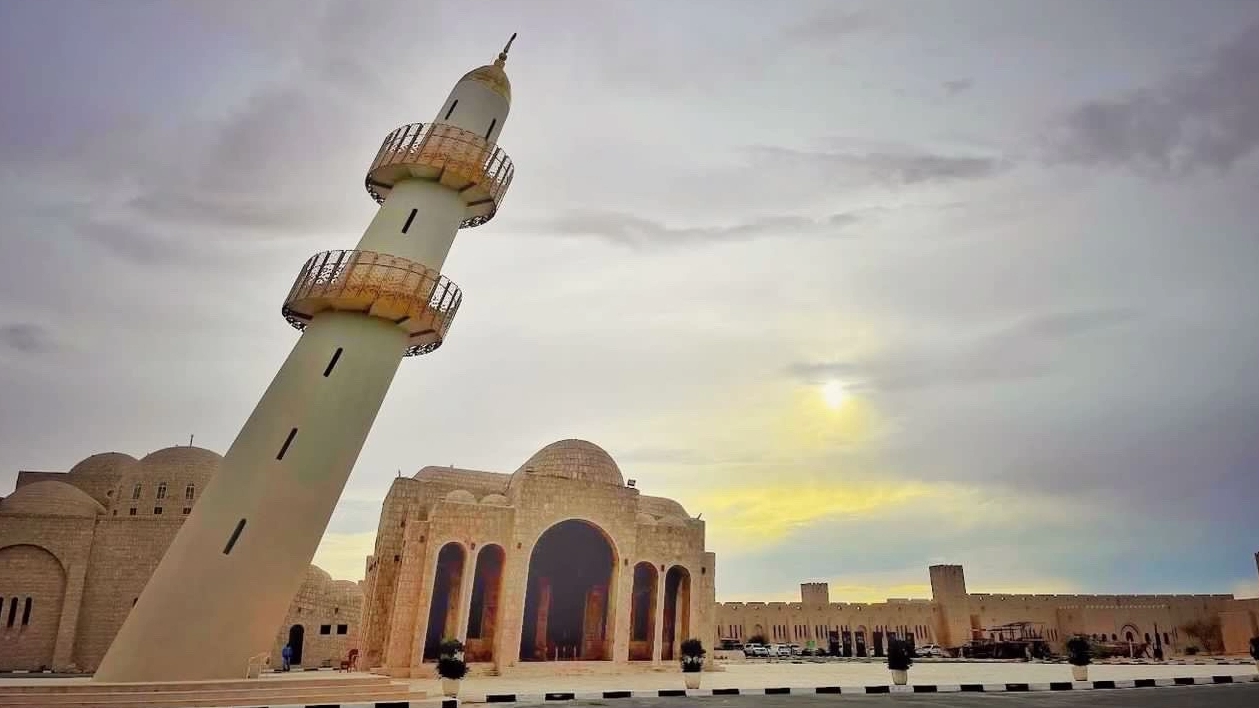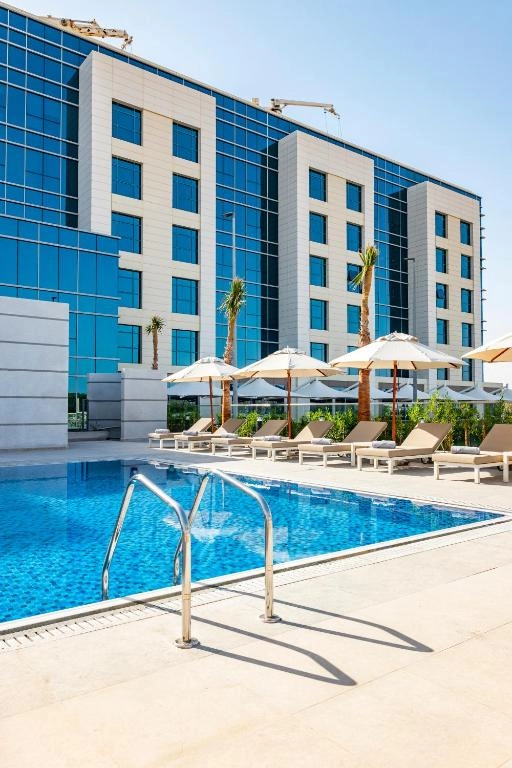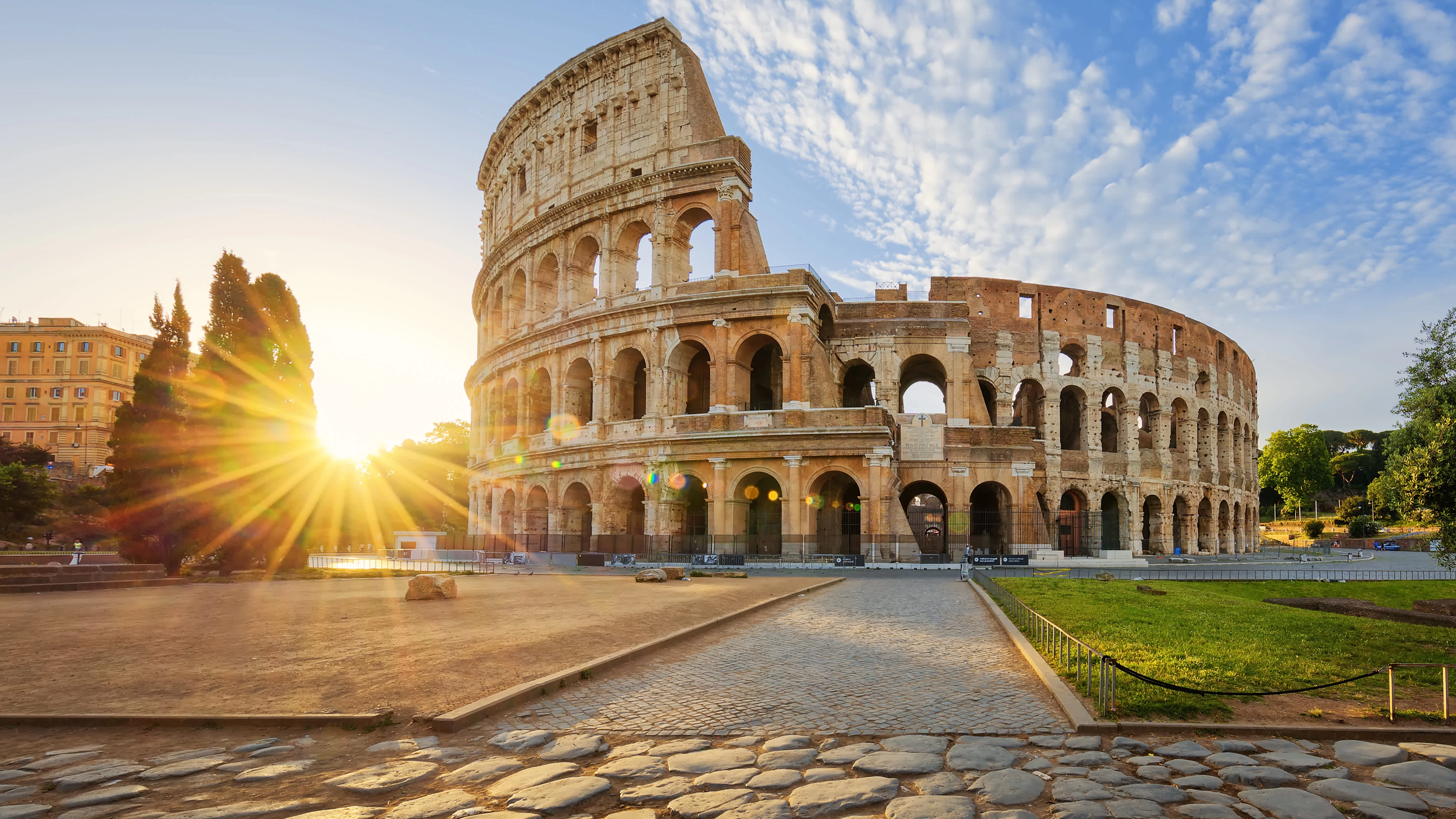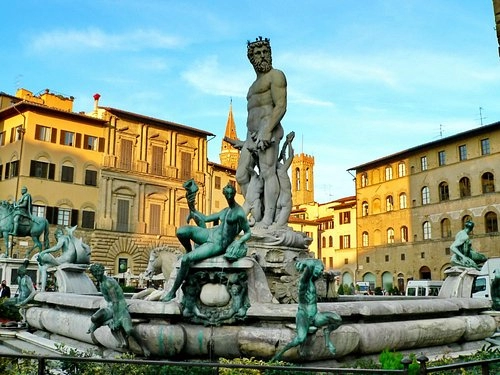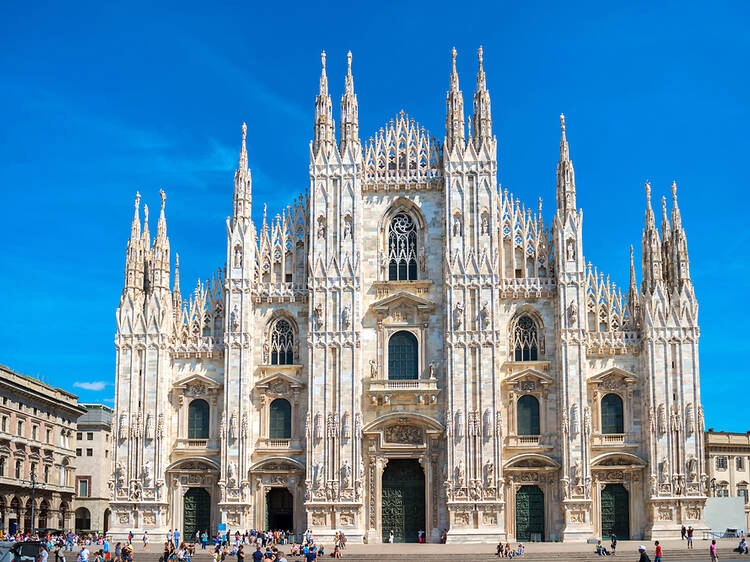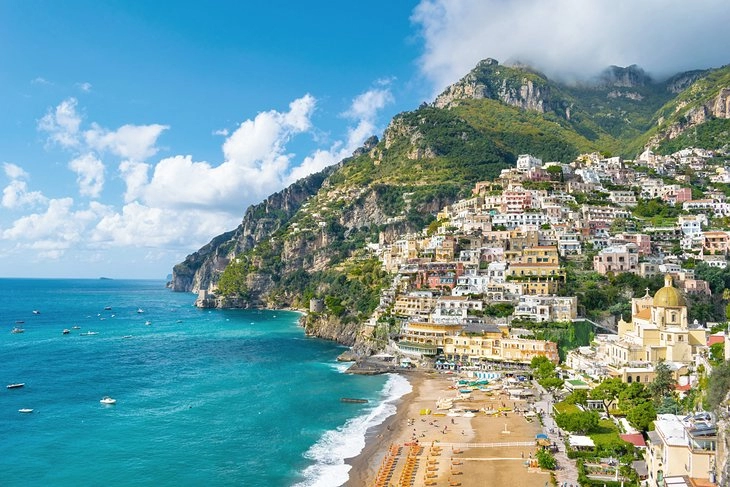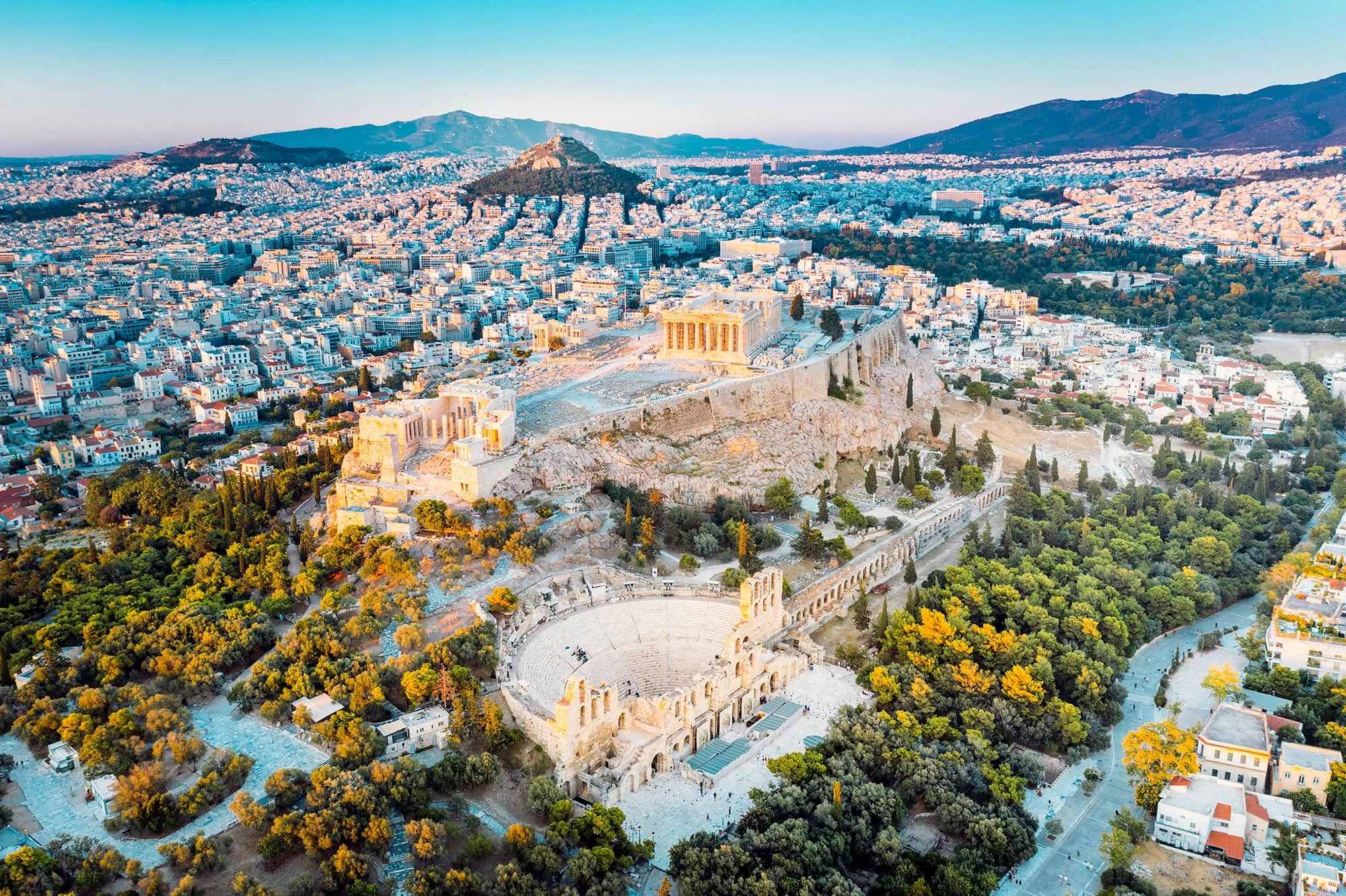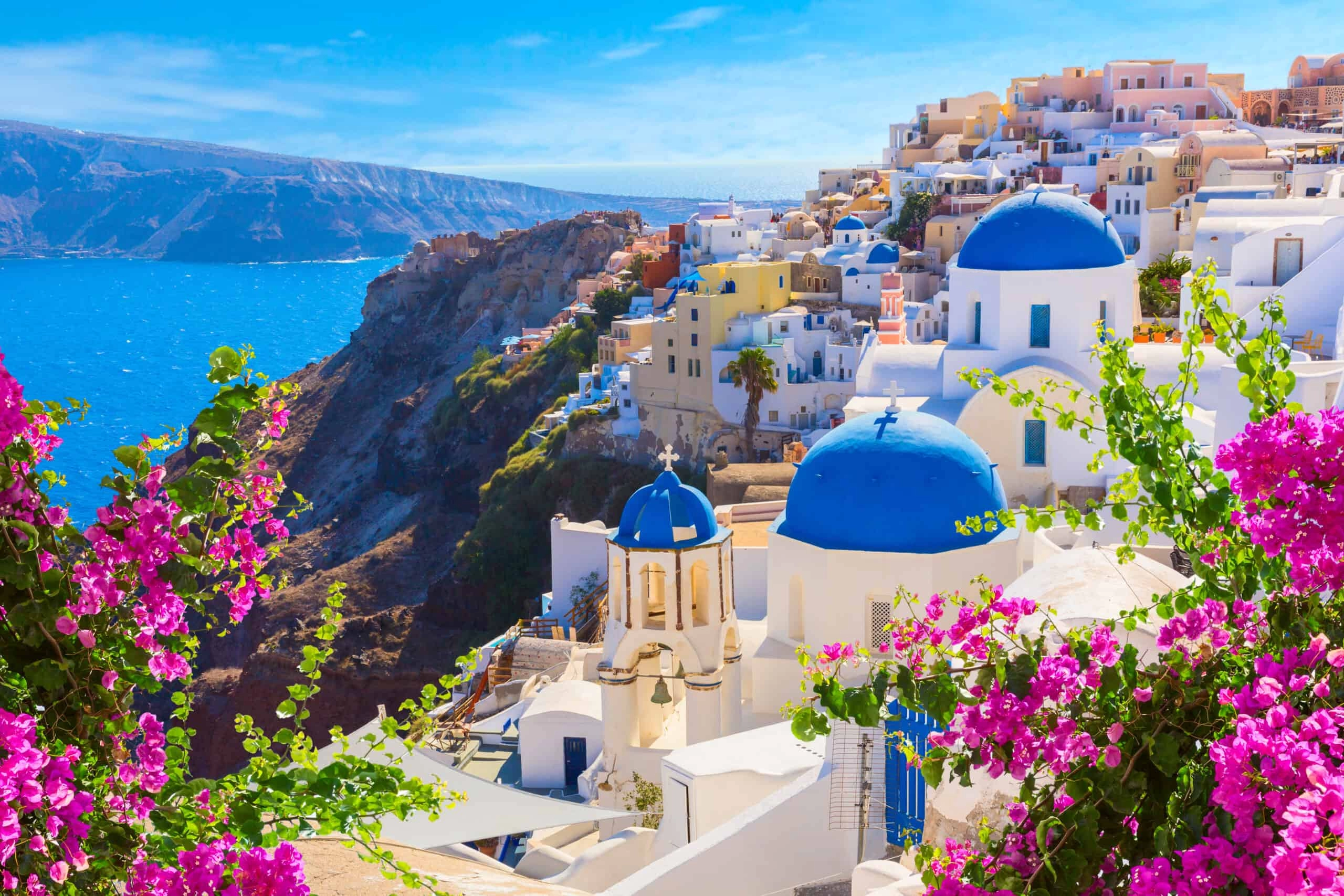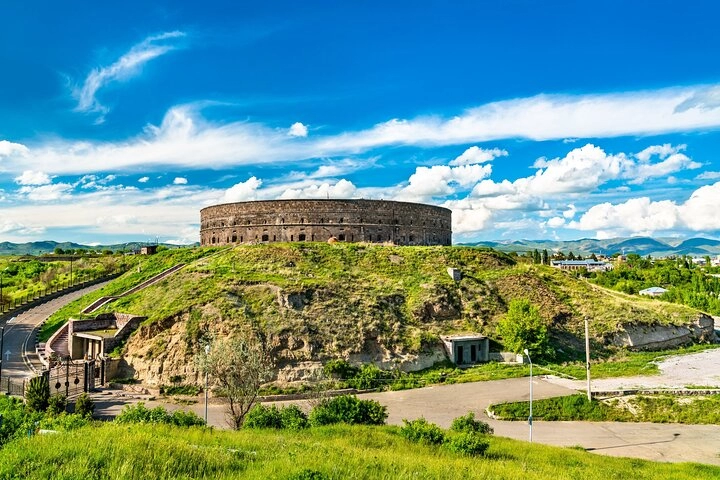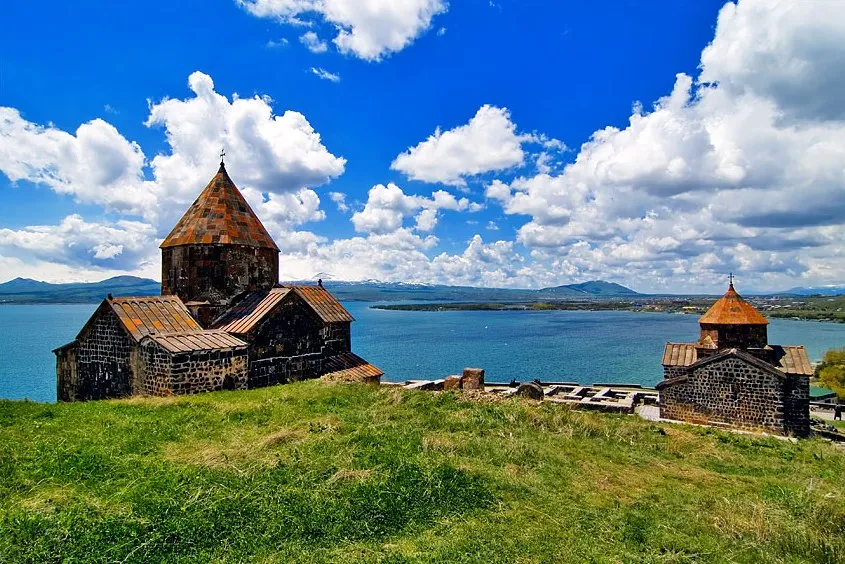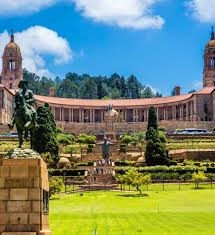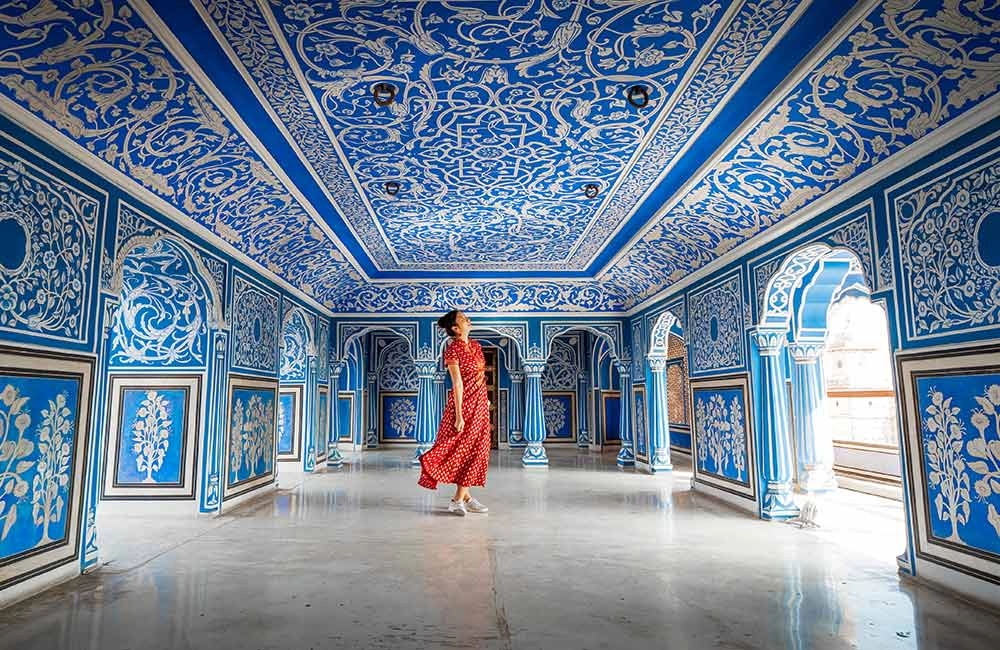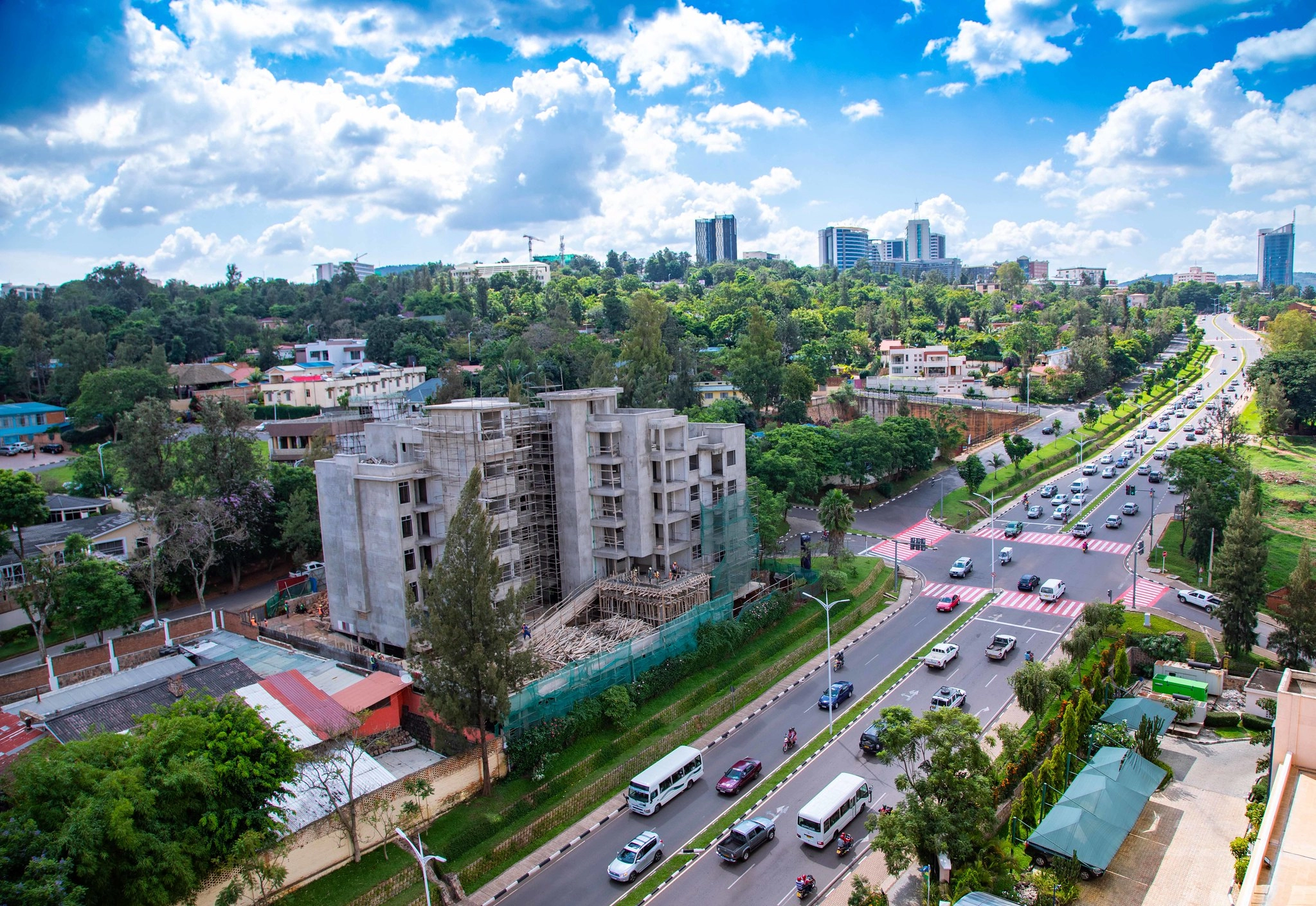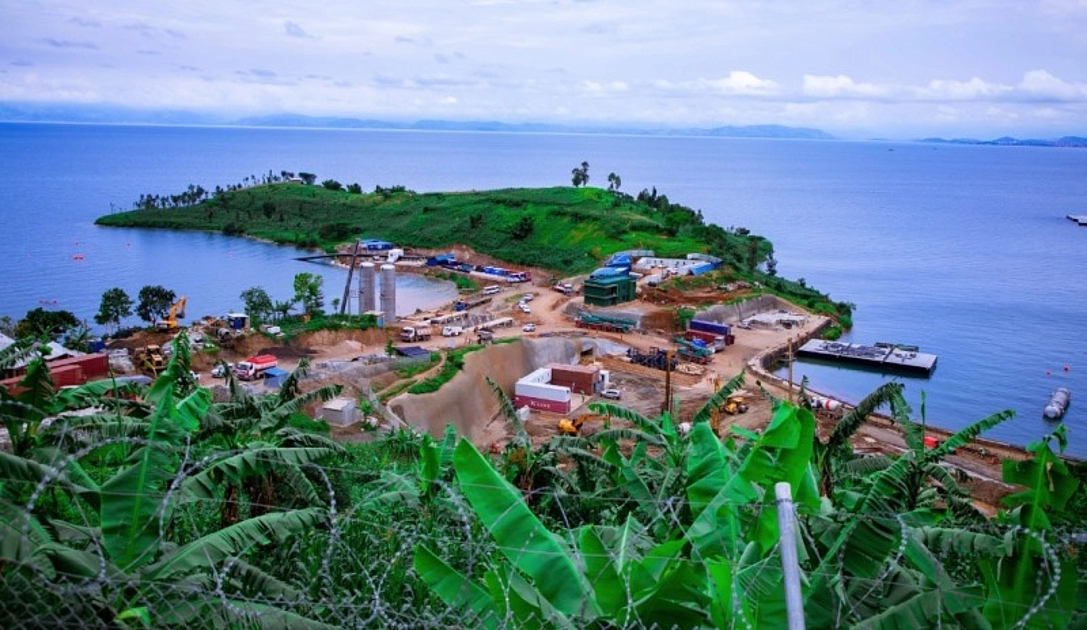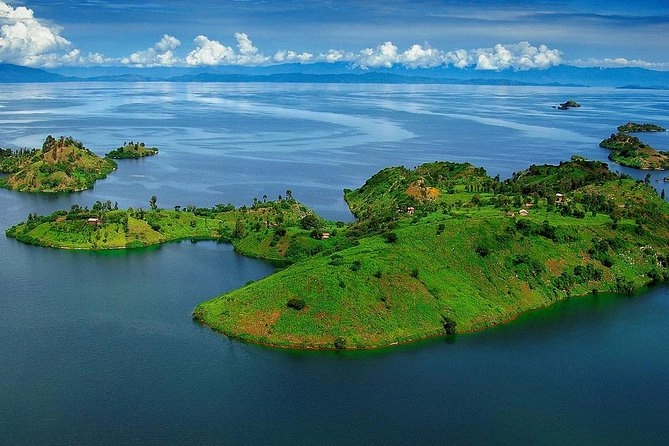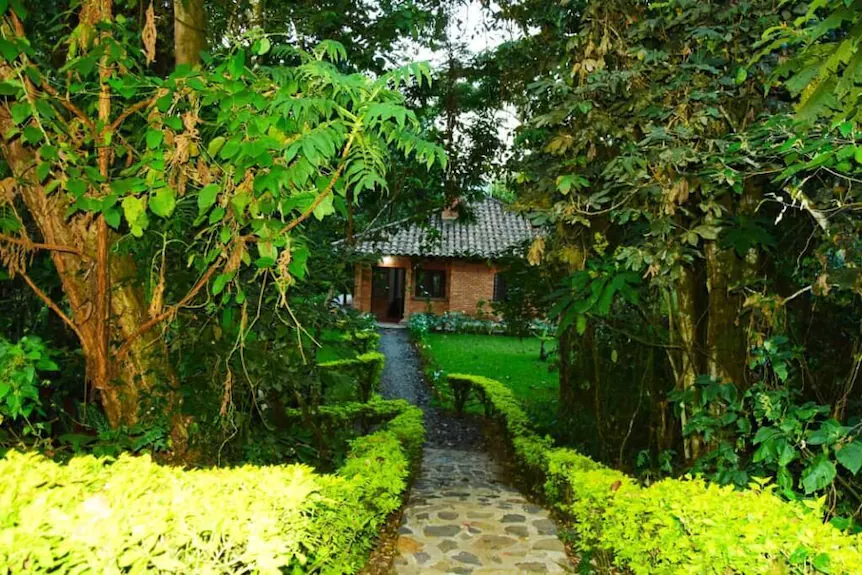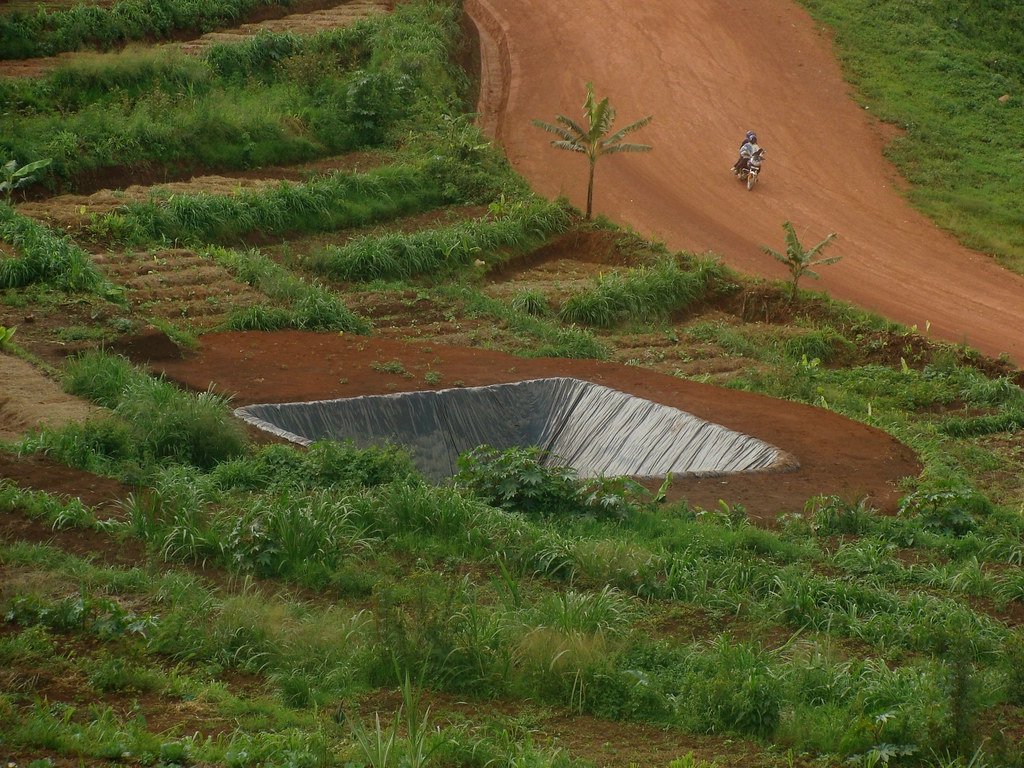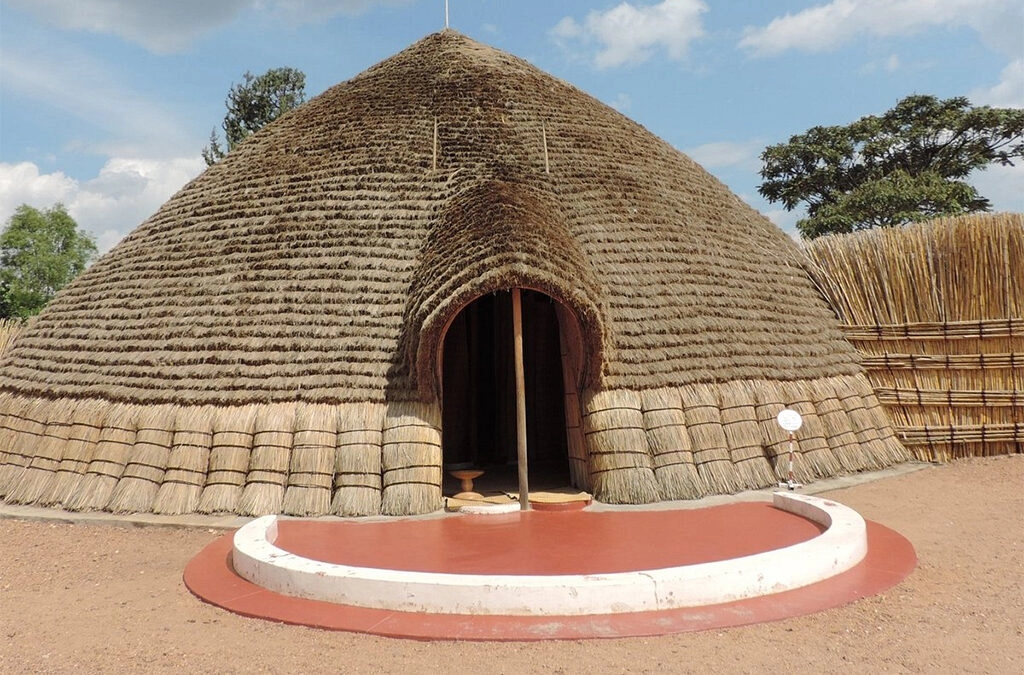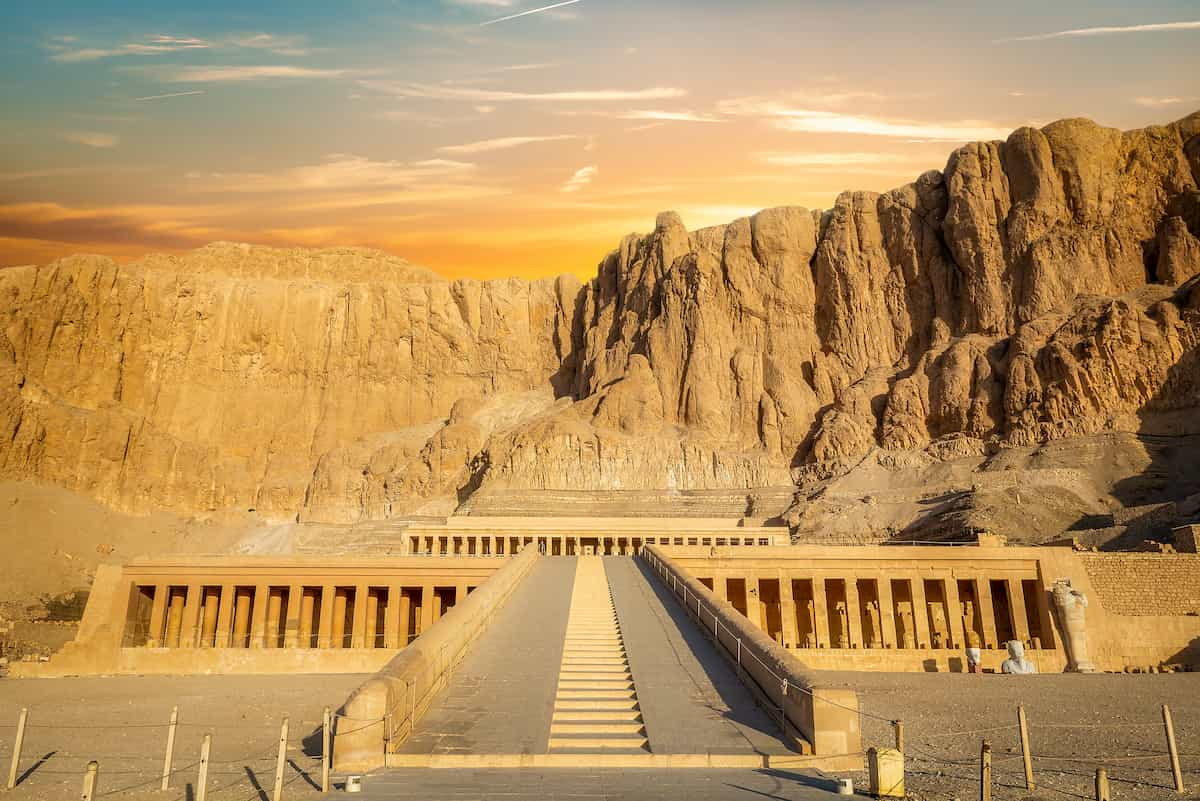The Valley of the Kings is the most interesting place to dig in the world and it is located right under the desert cliffs of the West Bank of Luxor. The royal necropolis was built and used for the burials of the most powerful pharaohs of Egypt, such as Tutankhamun, Ramses II, and Seti I, amongst others. You may walk the path of the ancient Egyptians as you witness the intricate carvings, the brilliant colors, and the timeless stories that speak of their beliefs and the greatness of their civilization.
The Royal Necropolis of Ancient Egypt
During the New Kingdom (1550–1070 BC), the Valley of the Kings became the place where Egypt's most powerful rulers were buried. It was a very secret place, hidden between hills of the desert, and it symbolized the sun god Ra's journey through the underworld. The burying of the king was not only the end of his earthly life but also the beginning of his transition to the afterlife, so he was given a tomb filled with symbols, prayers, and art to guide him to the pleasure place.
The Tomb of Tutankhamun: The Most Famous Alien Discovery Egypt
King Tutankhamun's tomb was discovered by Howard Carter in 1922, and this priceless archaeological find cannot be overestimated. Despite its much smaller size when compared to other tombs in the valley, it was filled with unimaginable luxuries—a solid gold mask, beautiful artifacts, and even furniture to act for the young king in his eternity.
At present, the visitors can enter the tomb and view the mummy of Tutankhamun, who is still in his original position—this is a very strong remembrance of Egypt's never-ending legacy.
The Art and Architecture of the Tombs
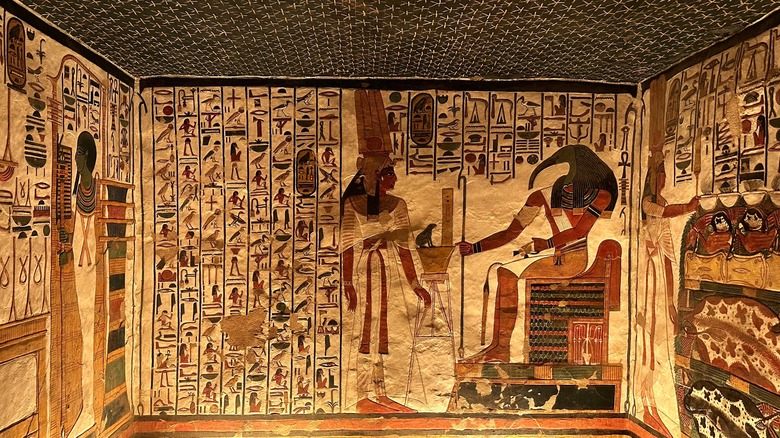
The Valley of the Kings is a burial place where each tomb is an ancient craftsmanship masterpiece. The walls have colorful hieroglyphs and paintings showing scenes from the Book of the Dead, that illustrate the dead king's journey to the afterlife, covering most of the illustrations. Many of them are the tombs of Ramses VI, Seti I, and Merenptah, where intricate details and vivid colors have lasted for more than 3,000 years. Walking through these passages is like entering a divine realm of myths and eternity.
The Valley’s Hidden Mysteries
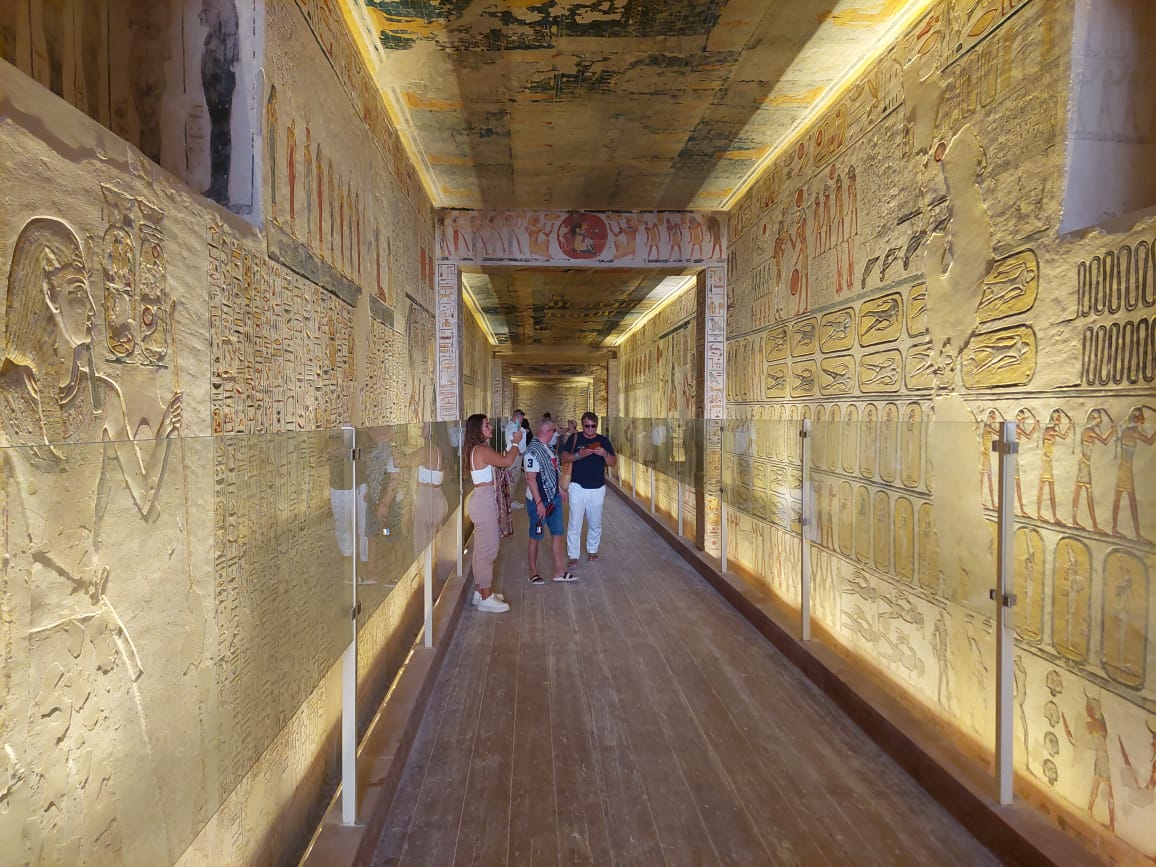
Even after many decades of exploration, there are still new things to discover. The archaeologists are still looking for the lost tombs, which are most likely the ones of the royal family members and high priests. The dry desert climate of the valley has preserved much of its beauty and has also kept alive the mystery of what other things might be hidden beneath the sands.
Visiting the Valley of the Kings
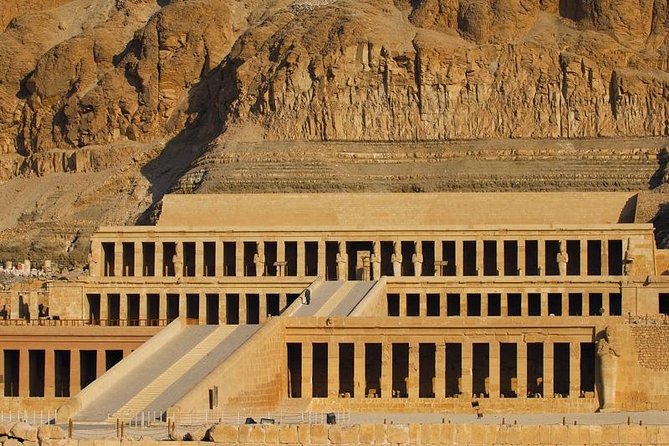
The place is situated at Luxor’s West Bank and it is very easy to reach either from the city center or by taking a ferry across the Nile. With a regular entry ticket, the visitors can visit a number of tombs while the special ticket allows access to the premium sites such as the tomb of Seti I.
The early morning visits are the best for avoiding heat and crowds — and also for experiencing the silence that is characteristic of this holy place
Conclusion
The Valley of the Kings is not only an archaeological site but also a trip through the Egyptian empire's golden age of power, art, and religion. Every tomb has a different story to tell of a king's desire for eternity, which has been literally 'written' in stone and depicted with colors that have stood the test of time. One can also say that visiting the valley is like walking among the legends — and experiencing the infinite aura of ancient Egypt.
 Places to see
Places to see Top Destinations
Top Destinations  Things to do
Things to do